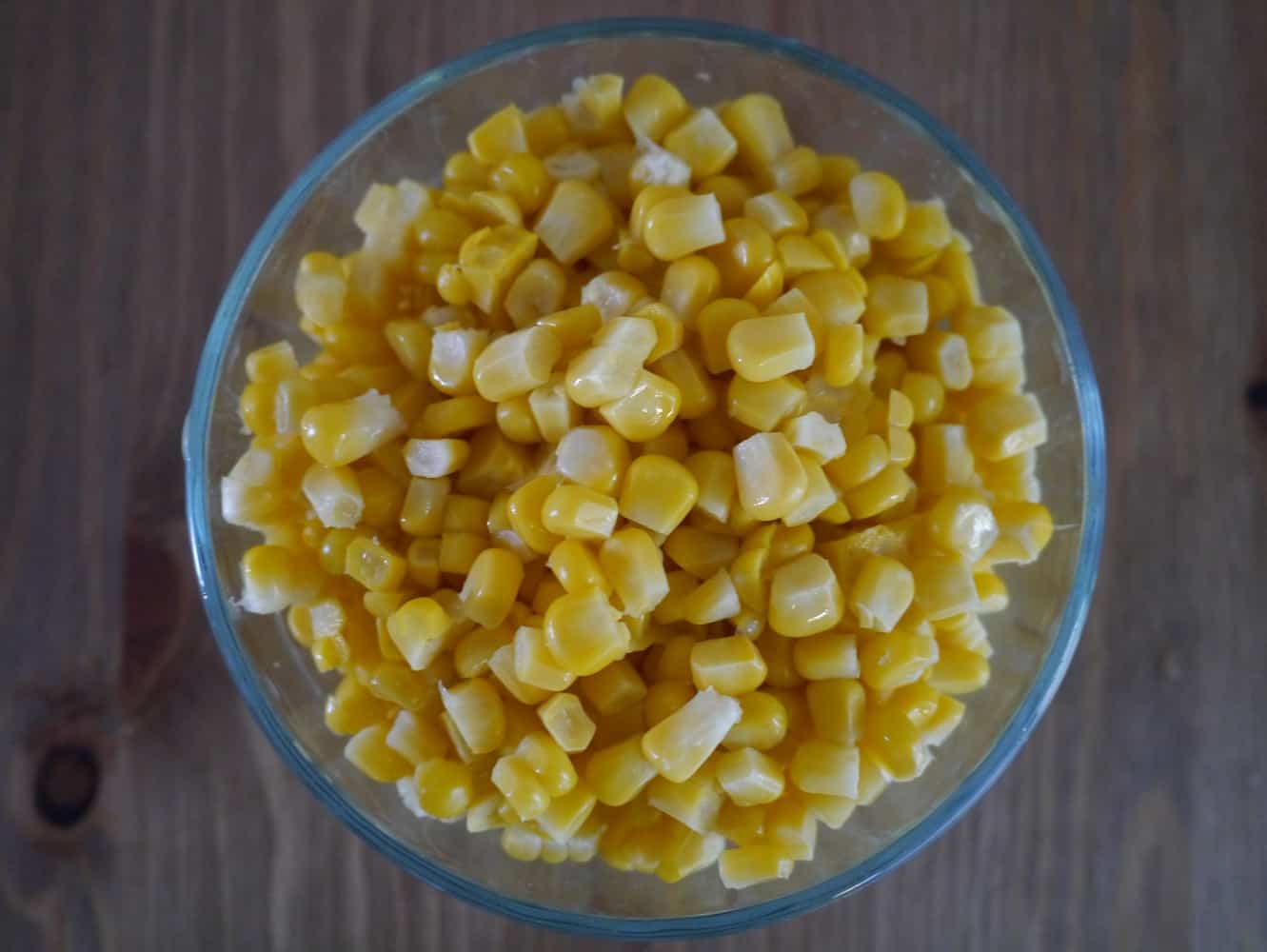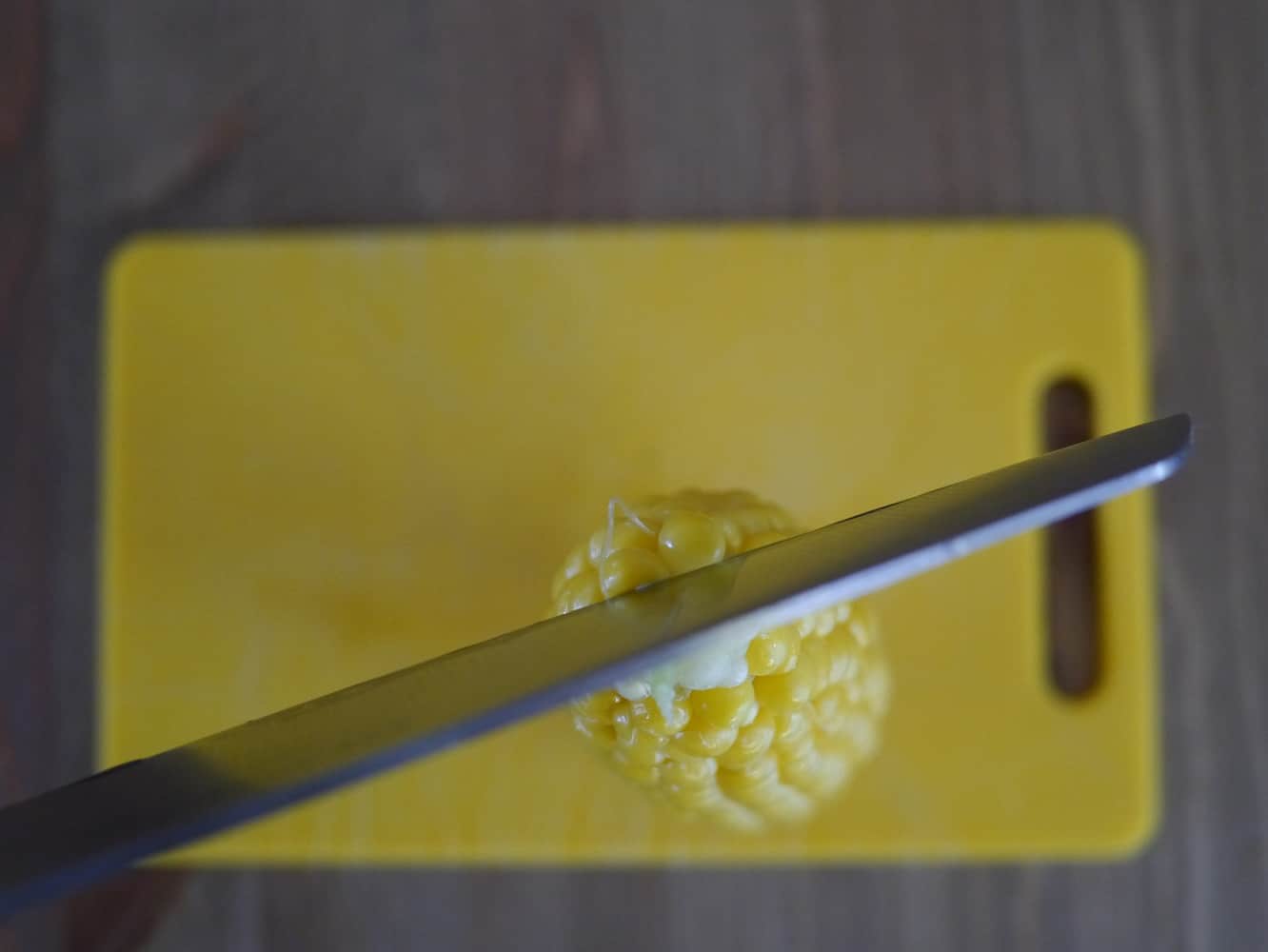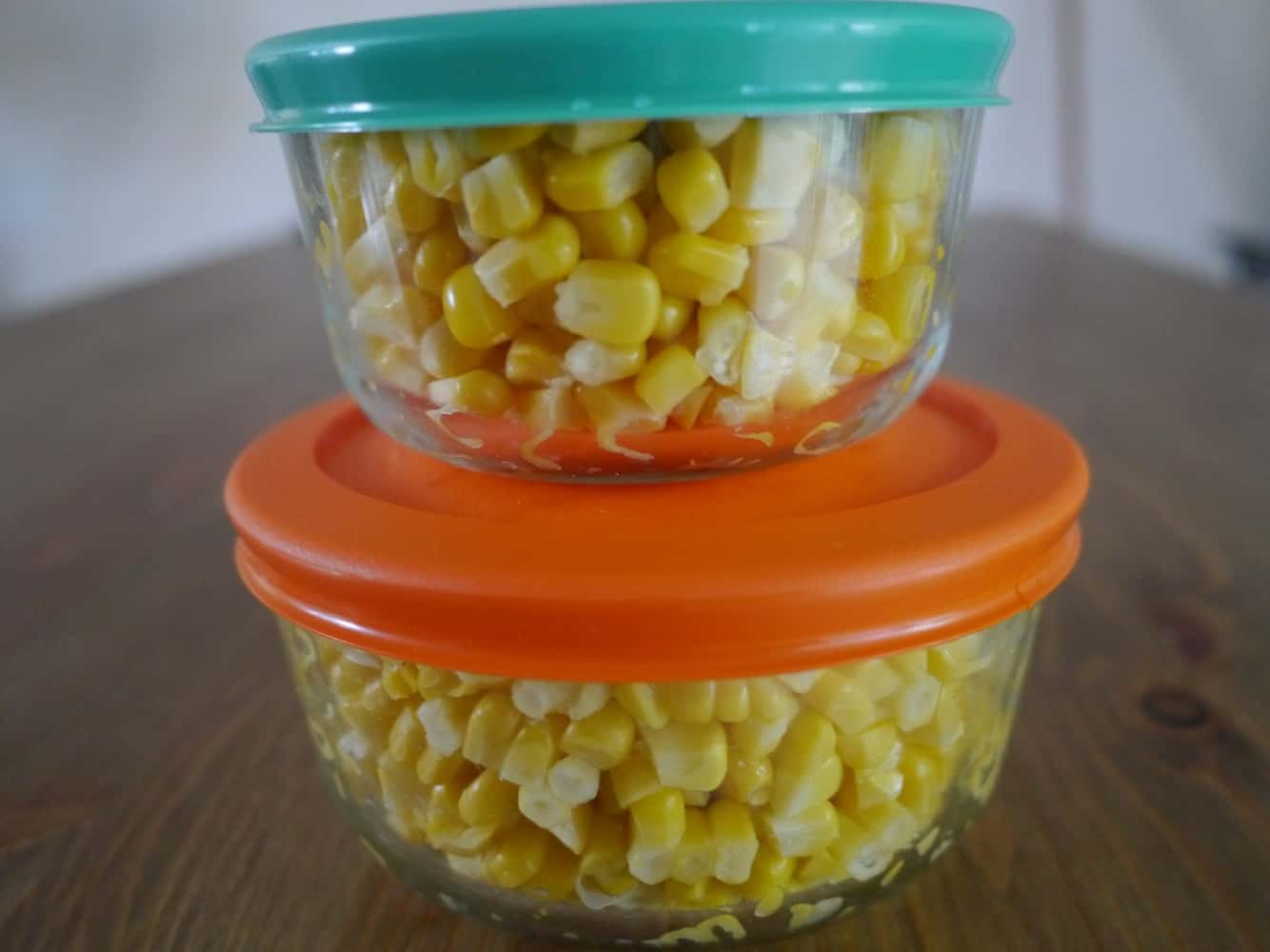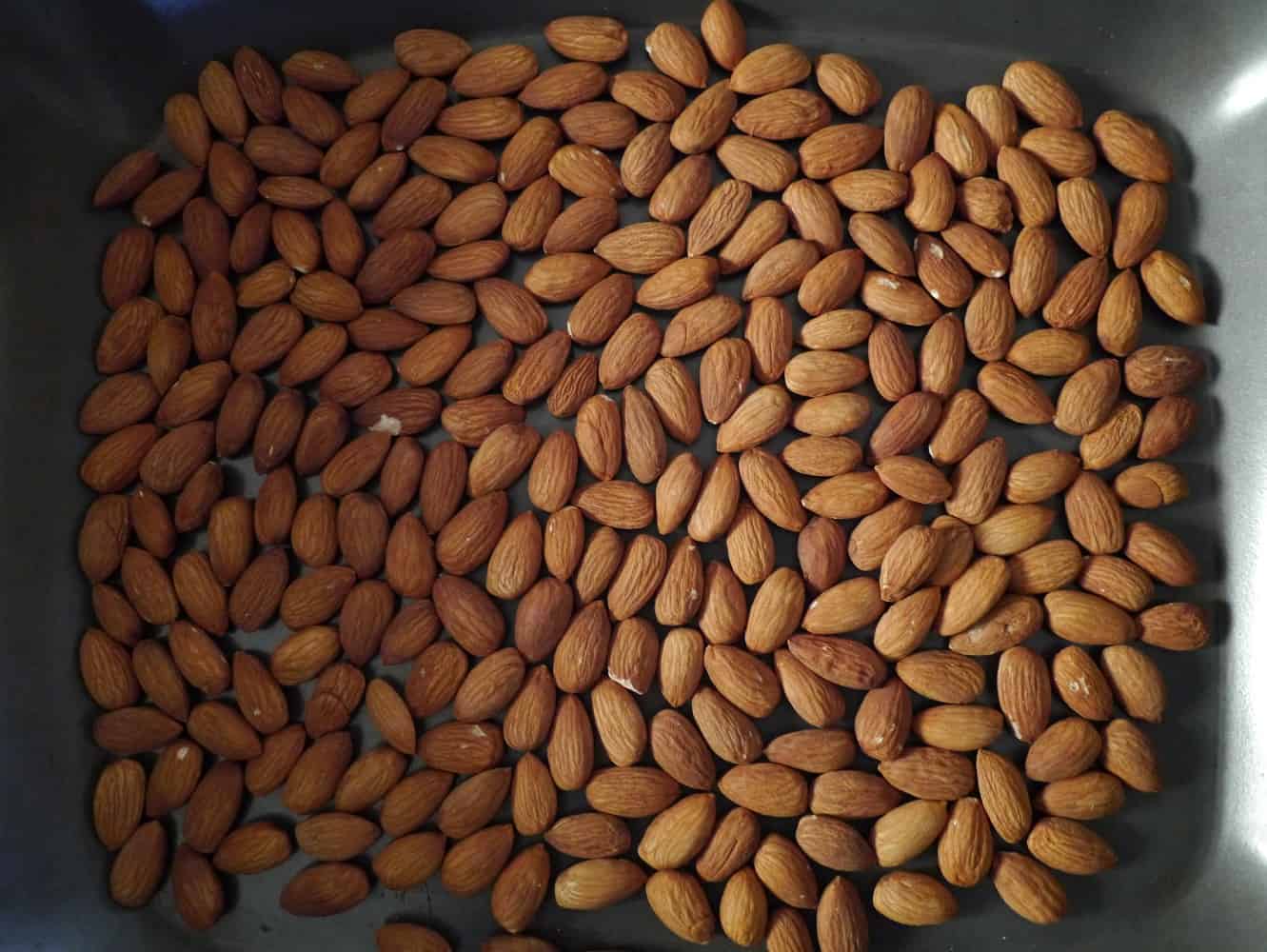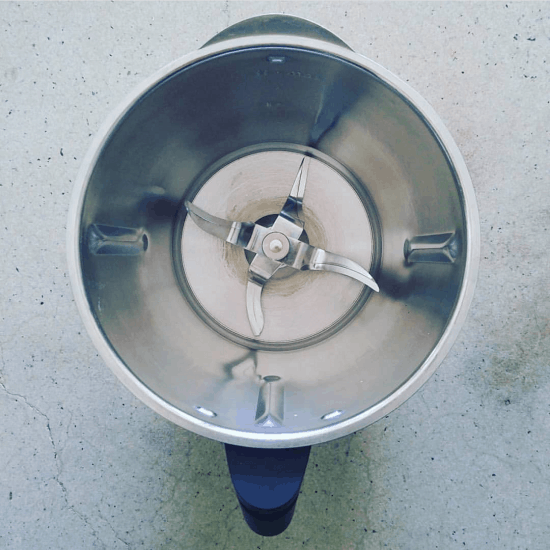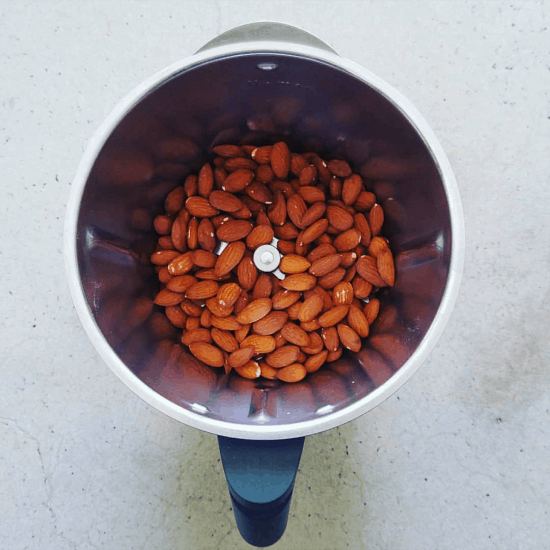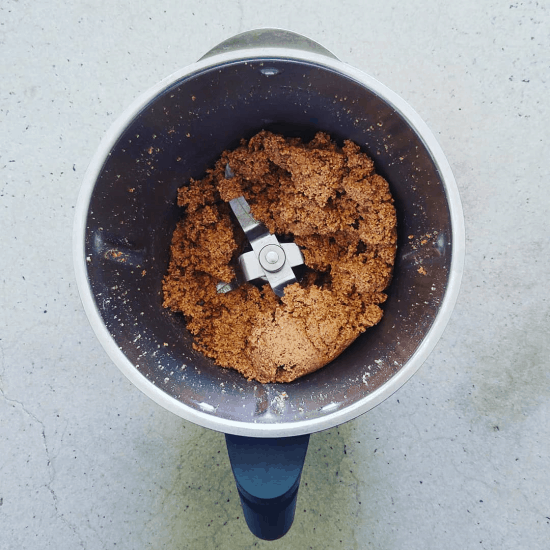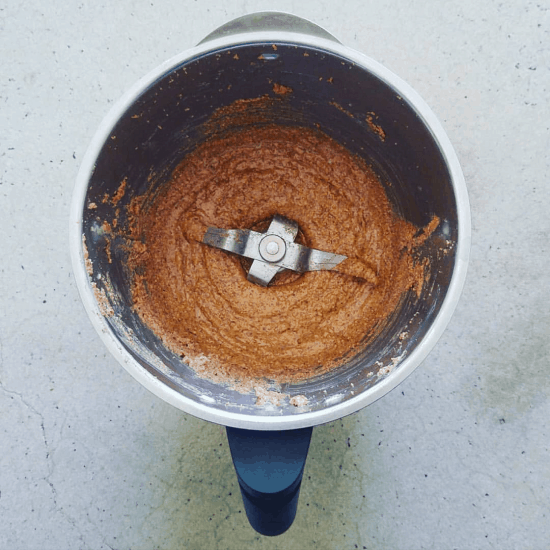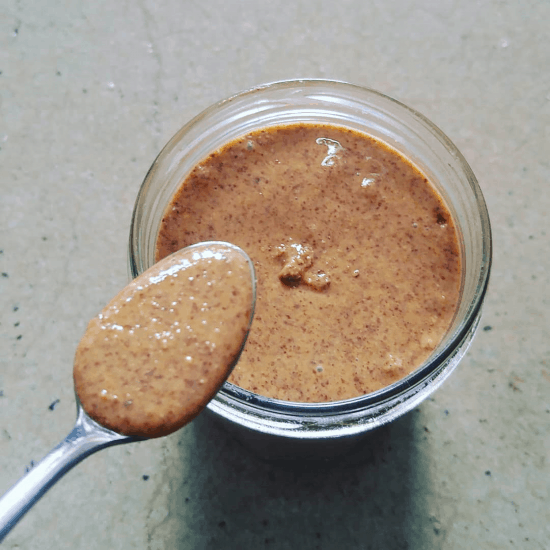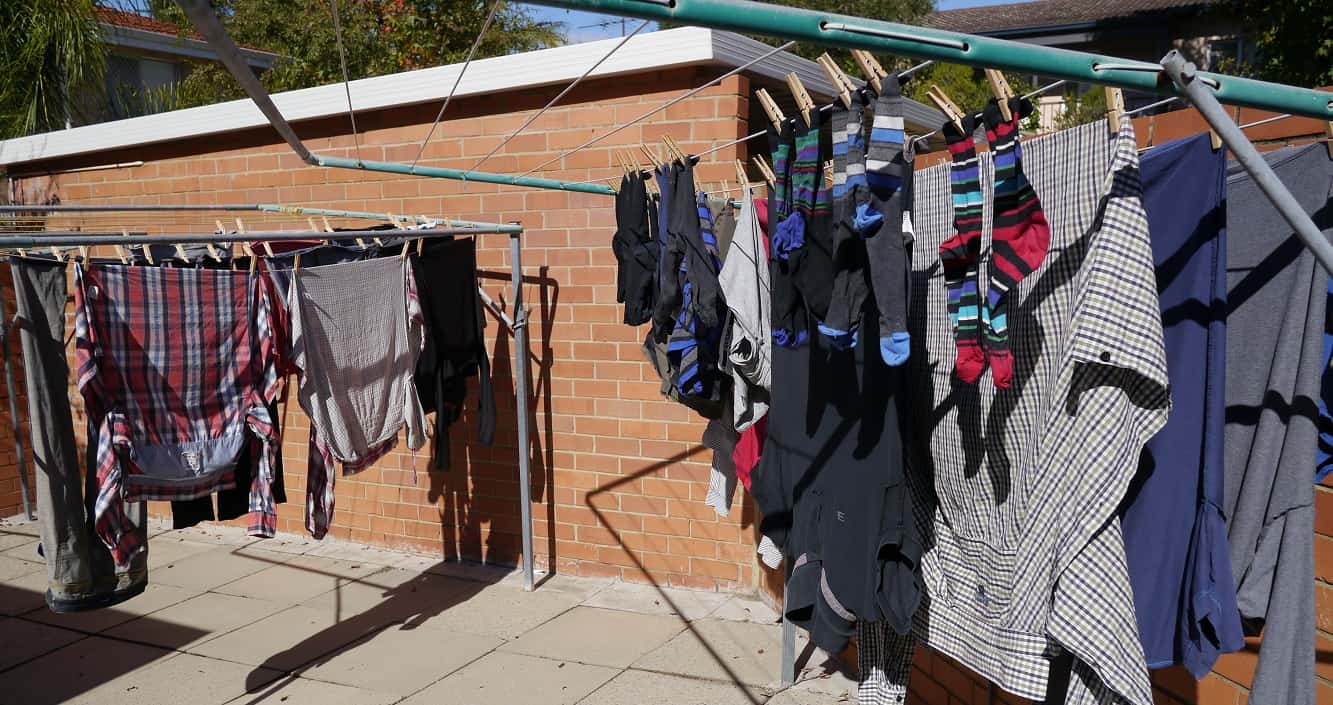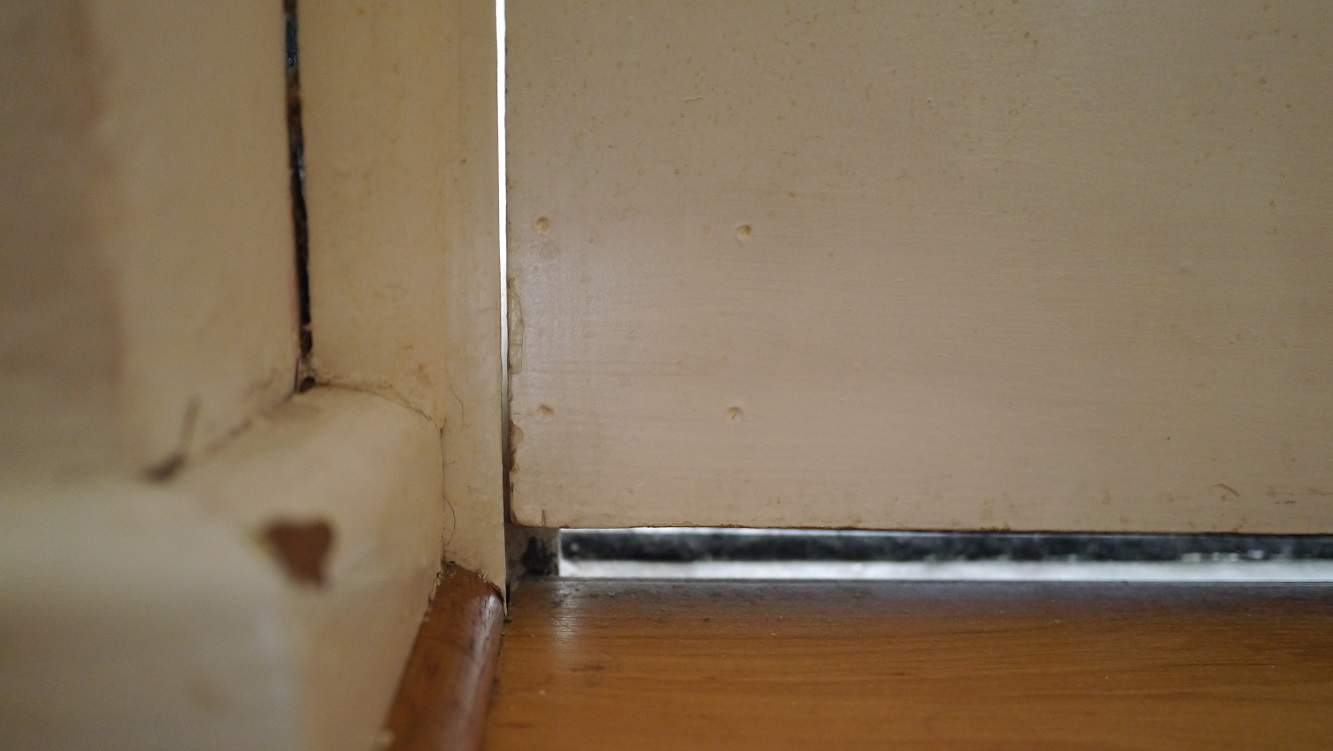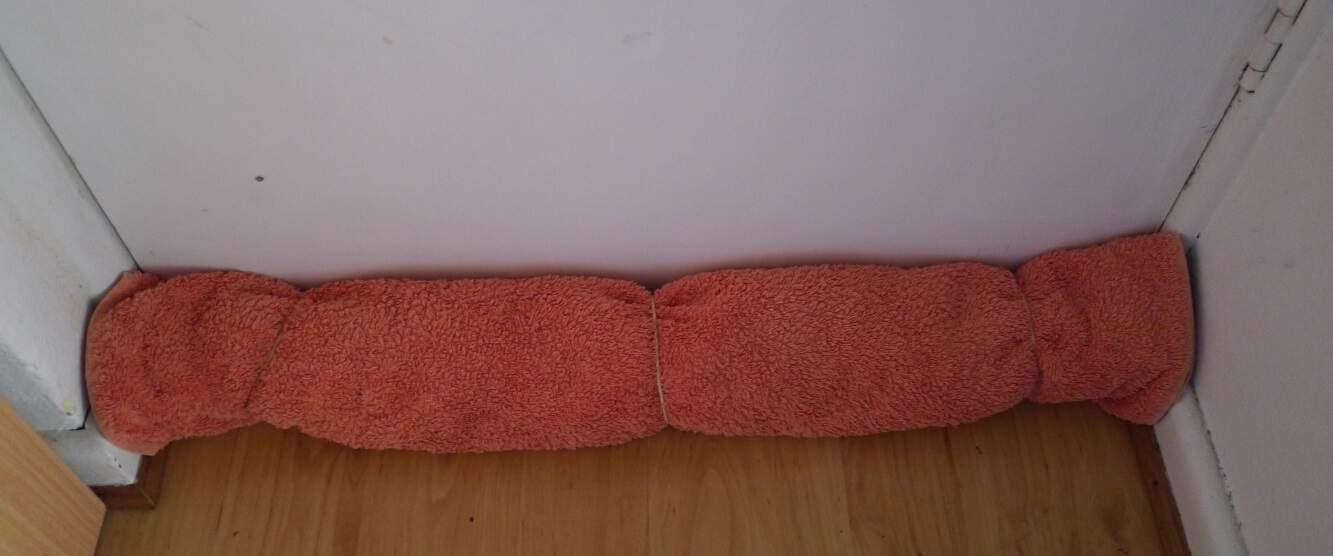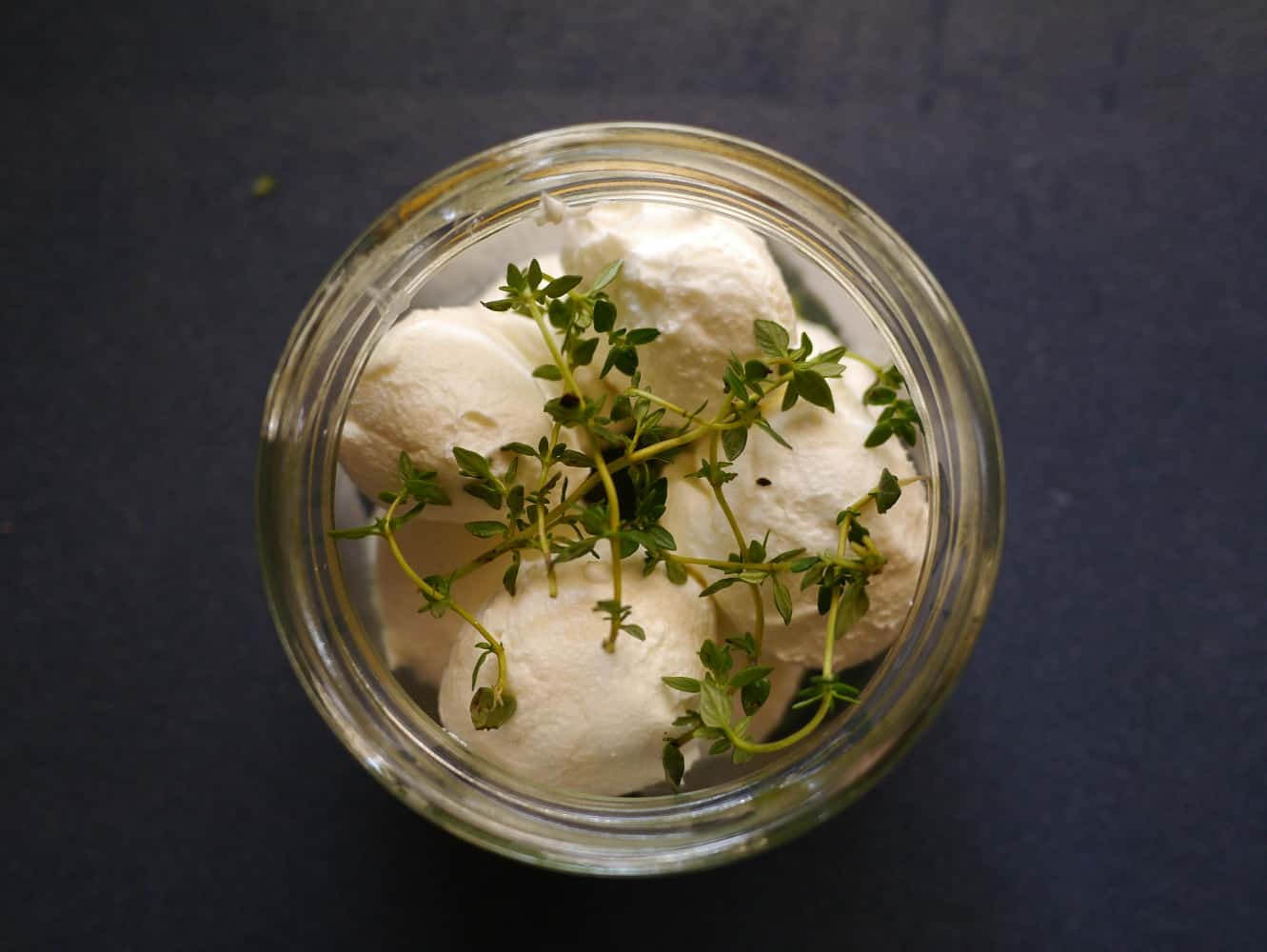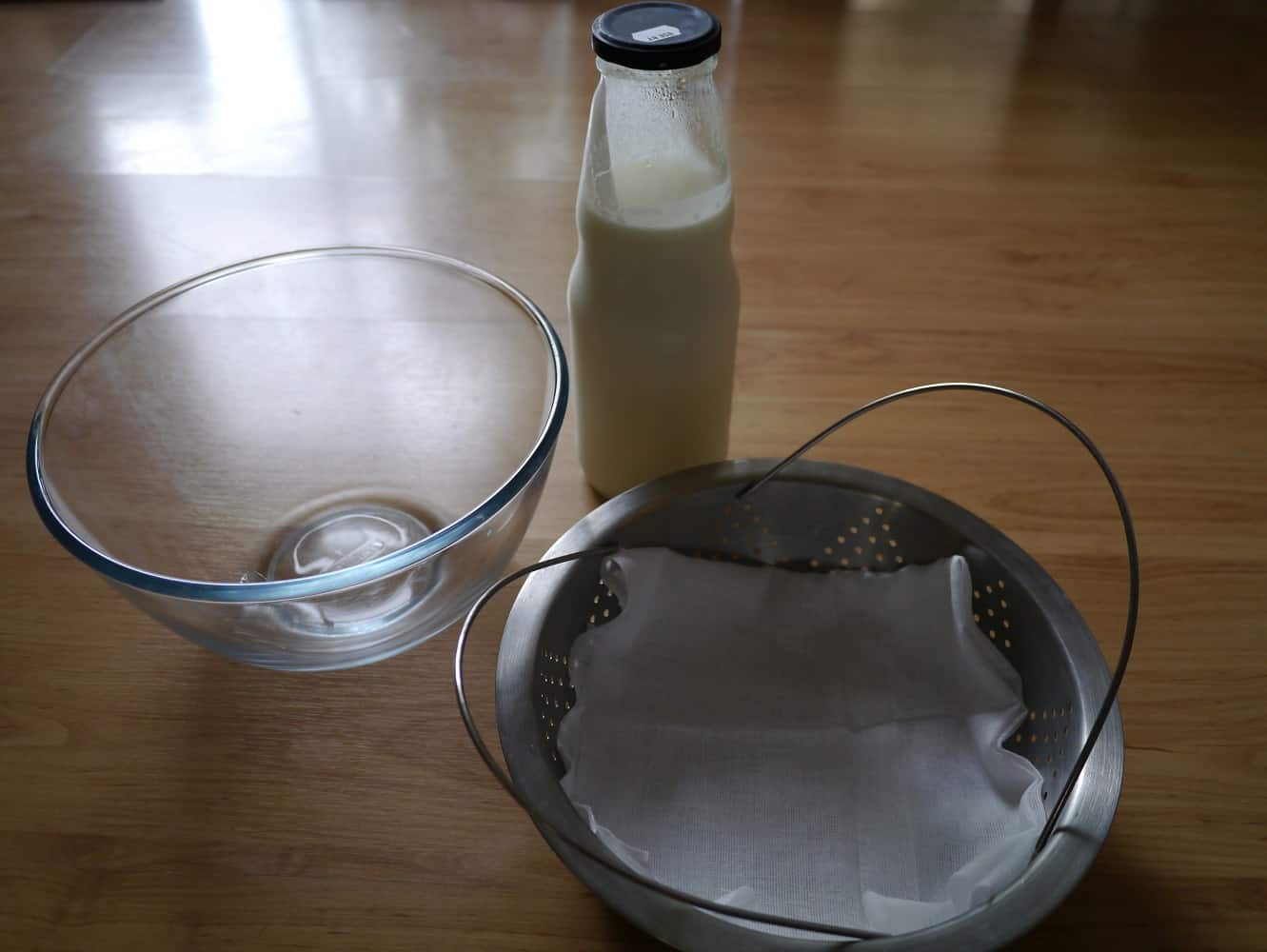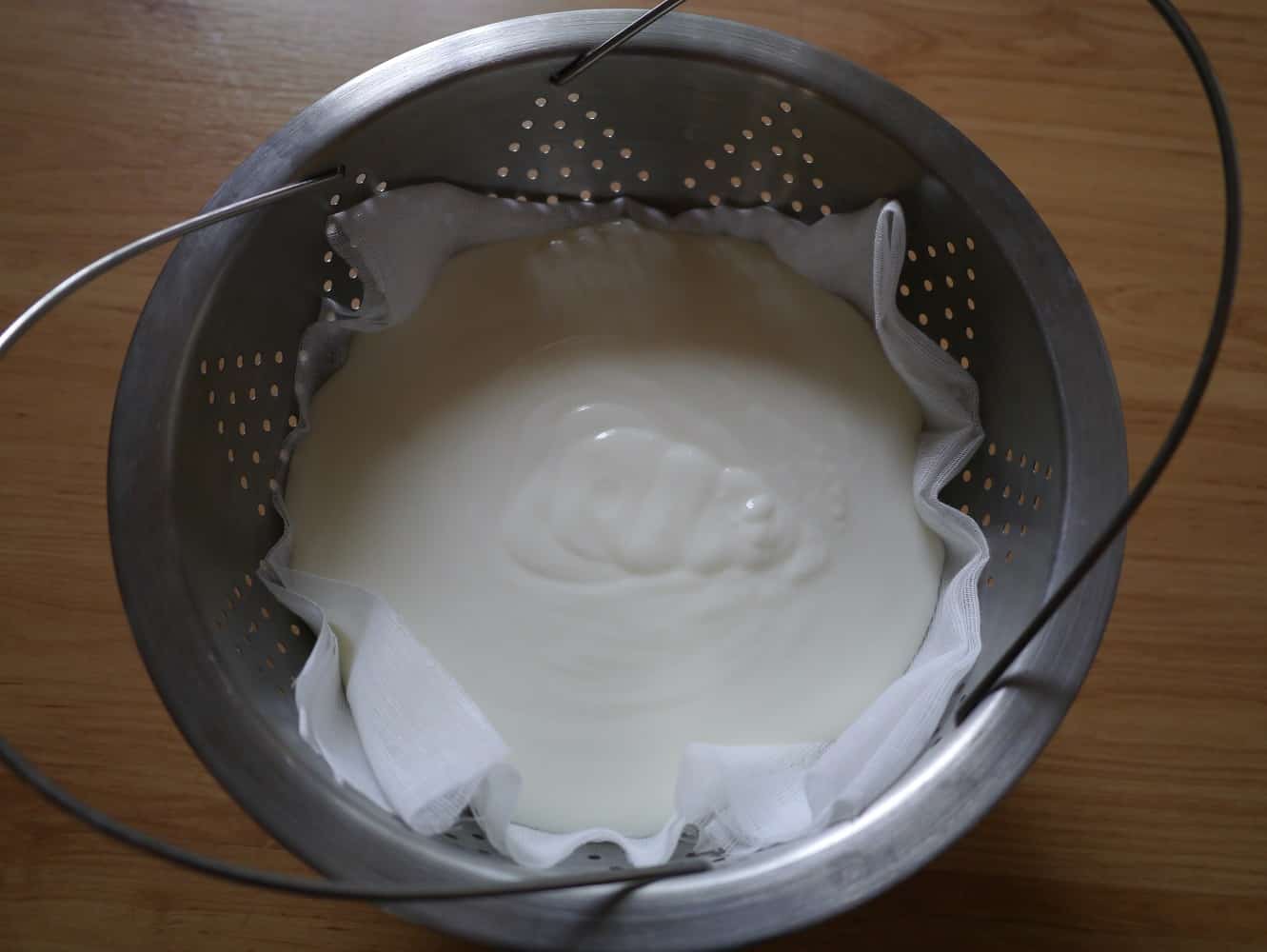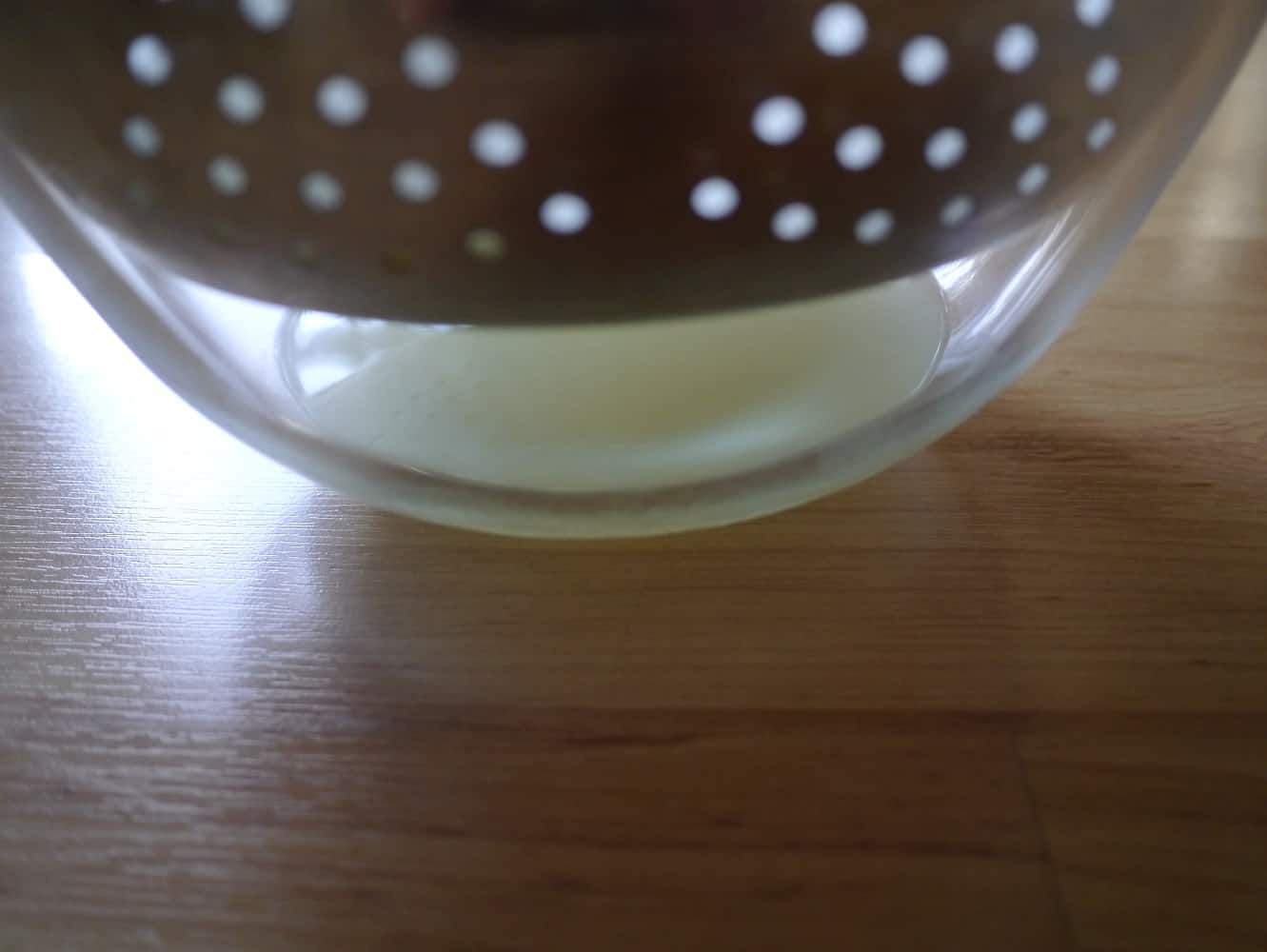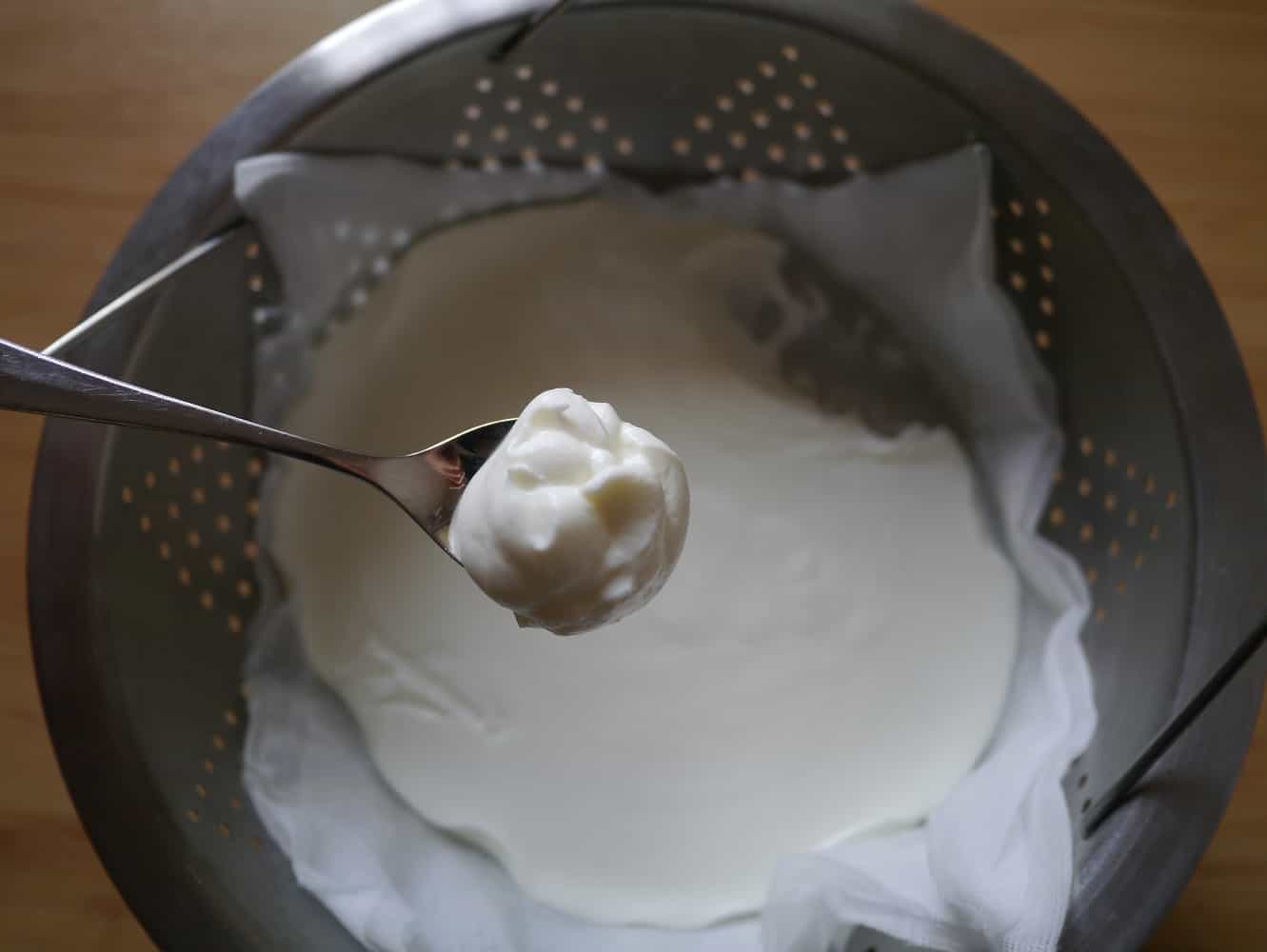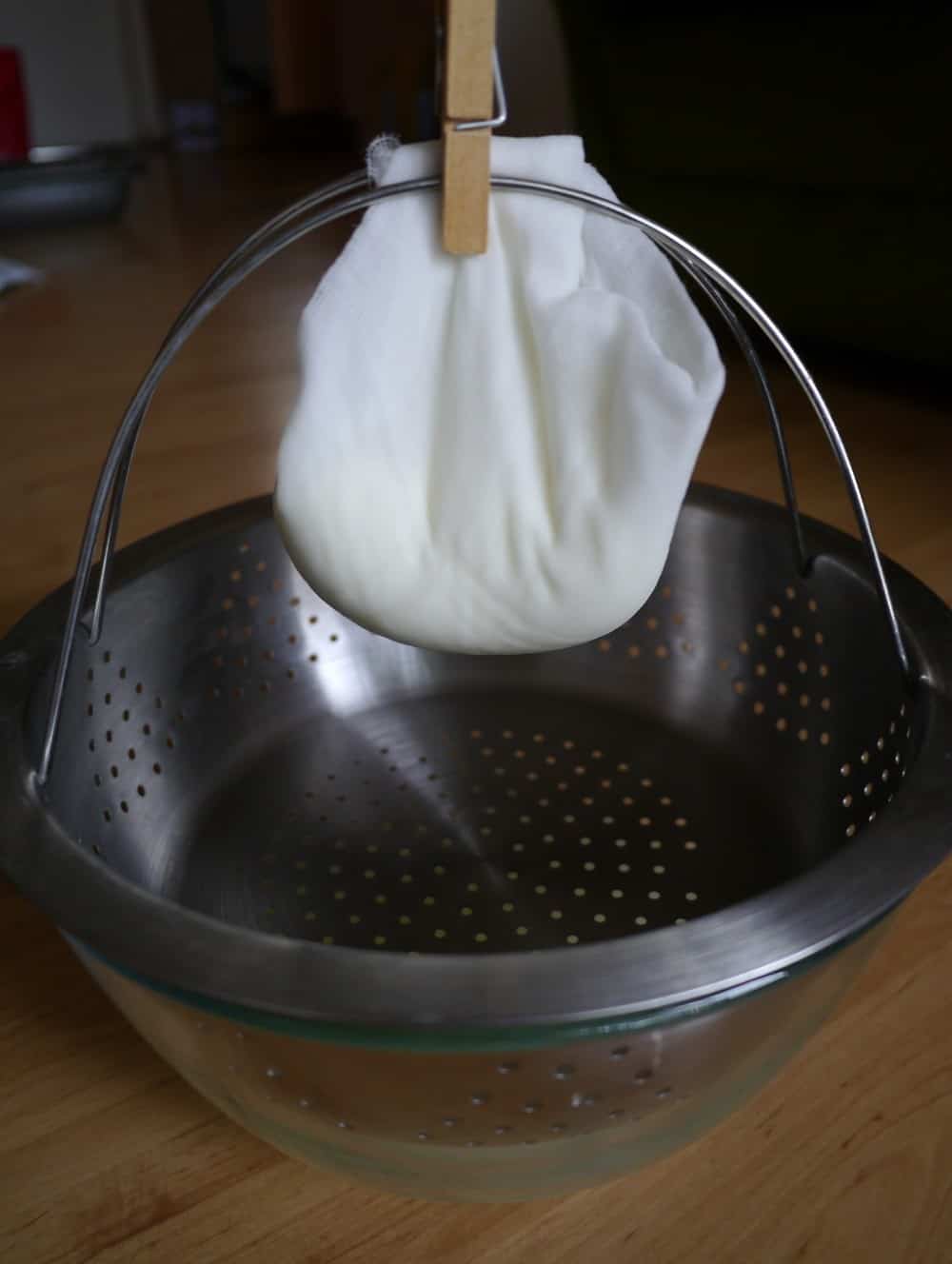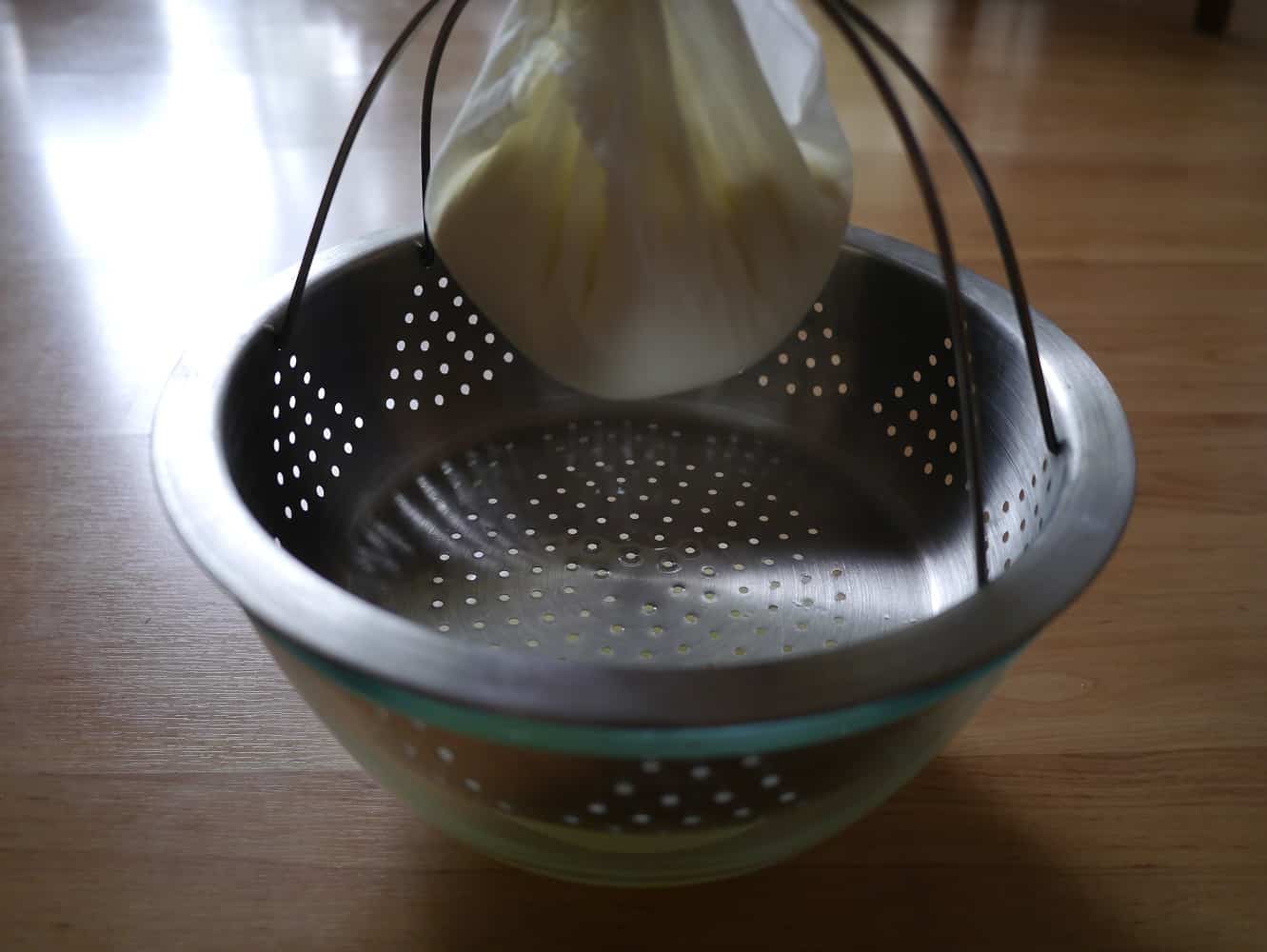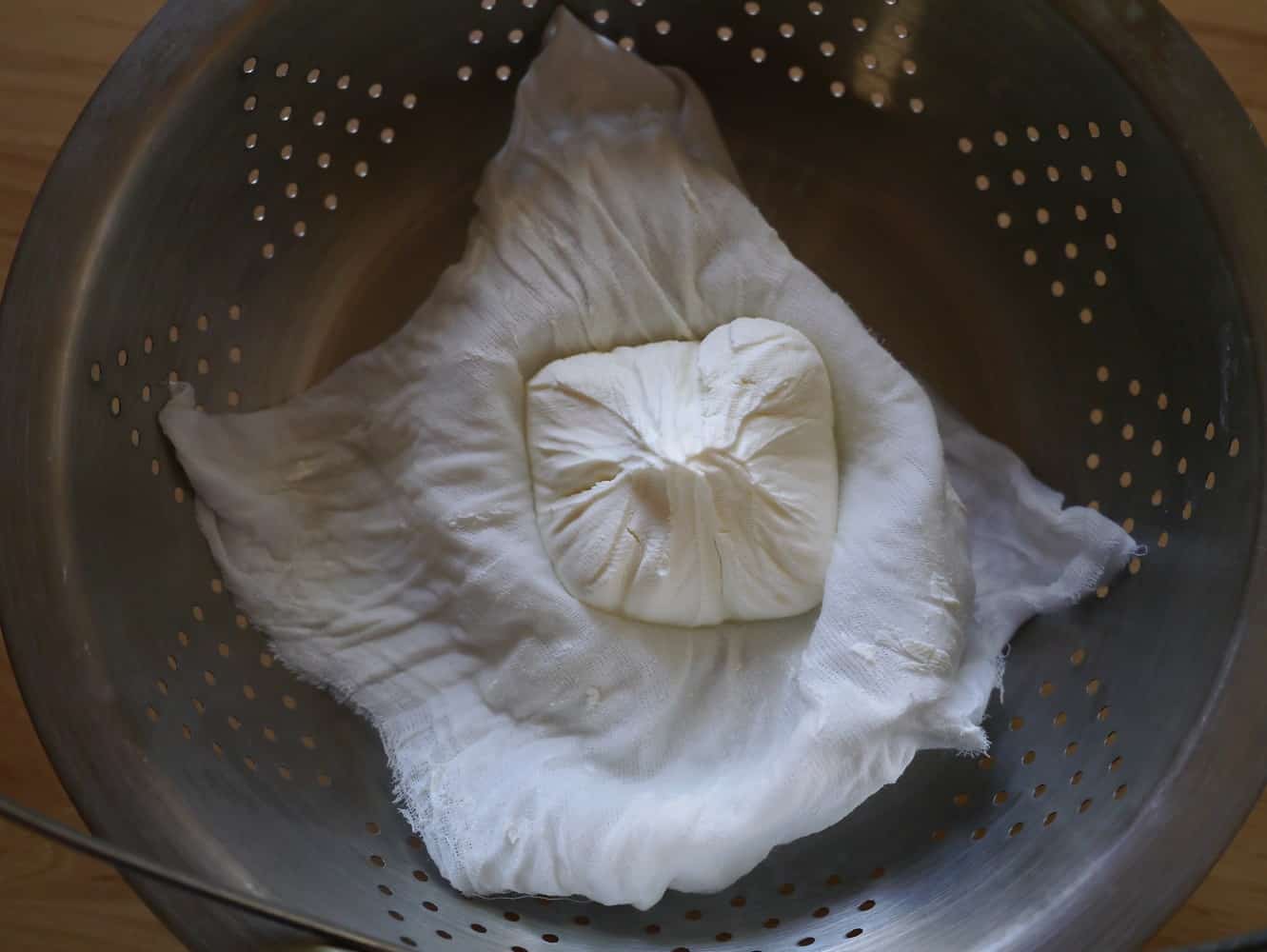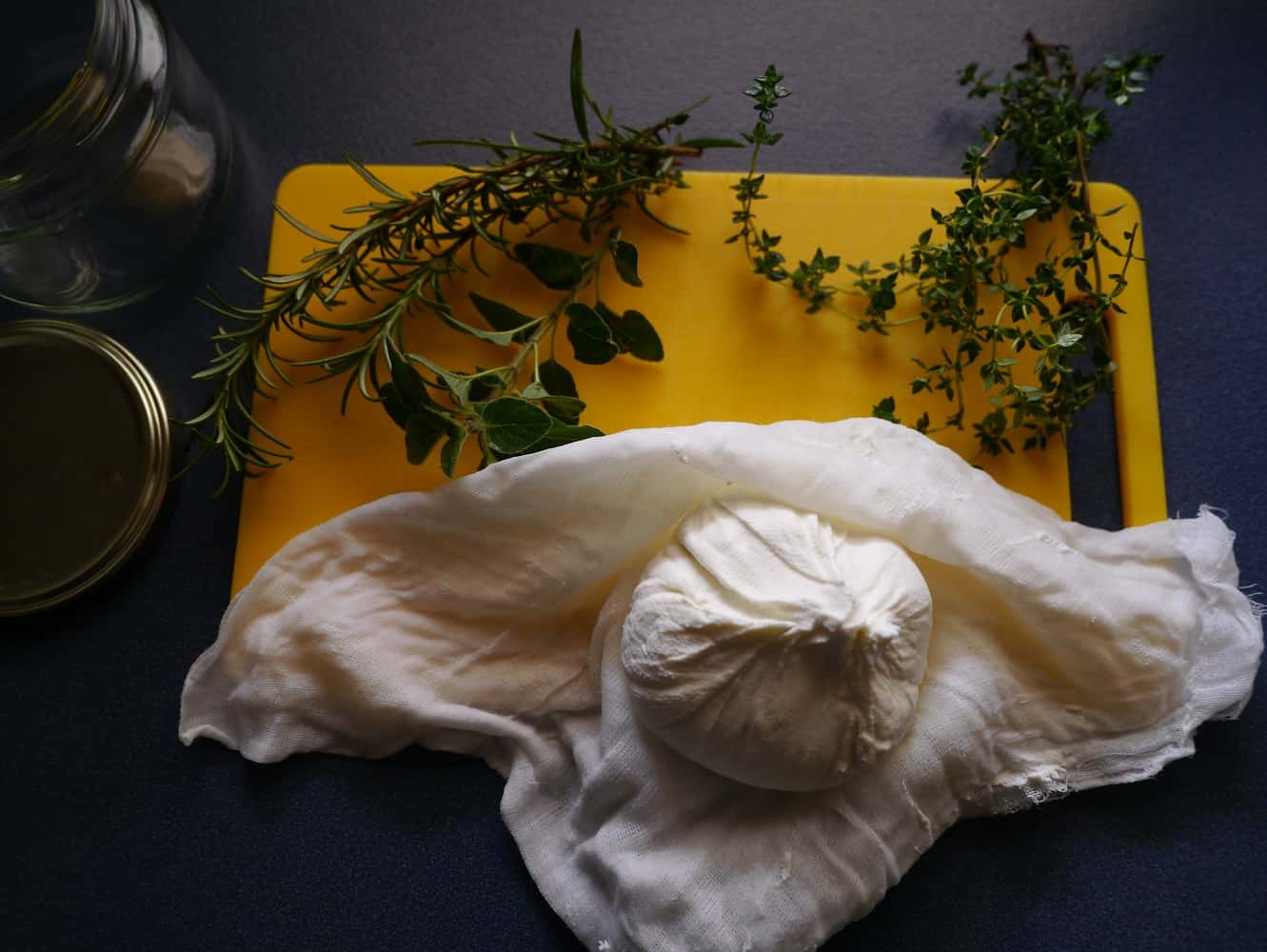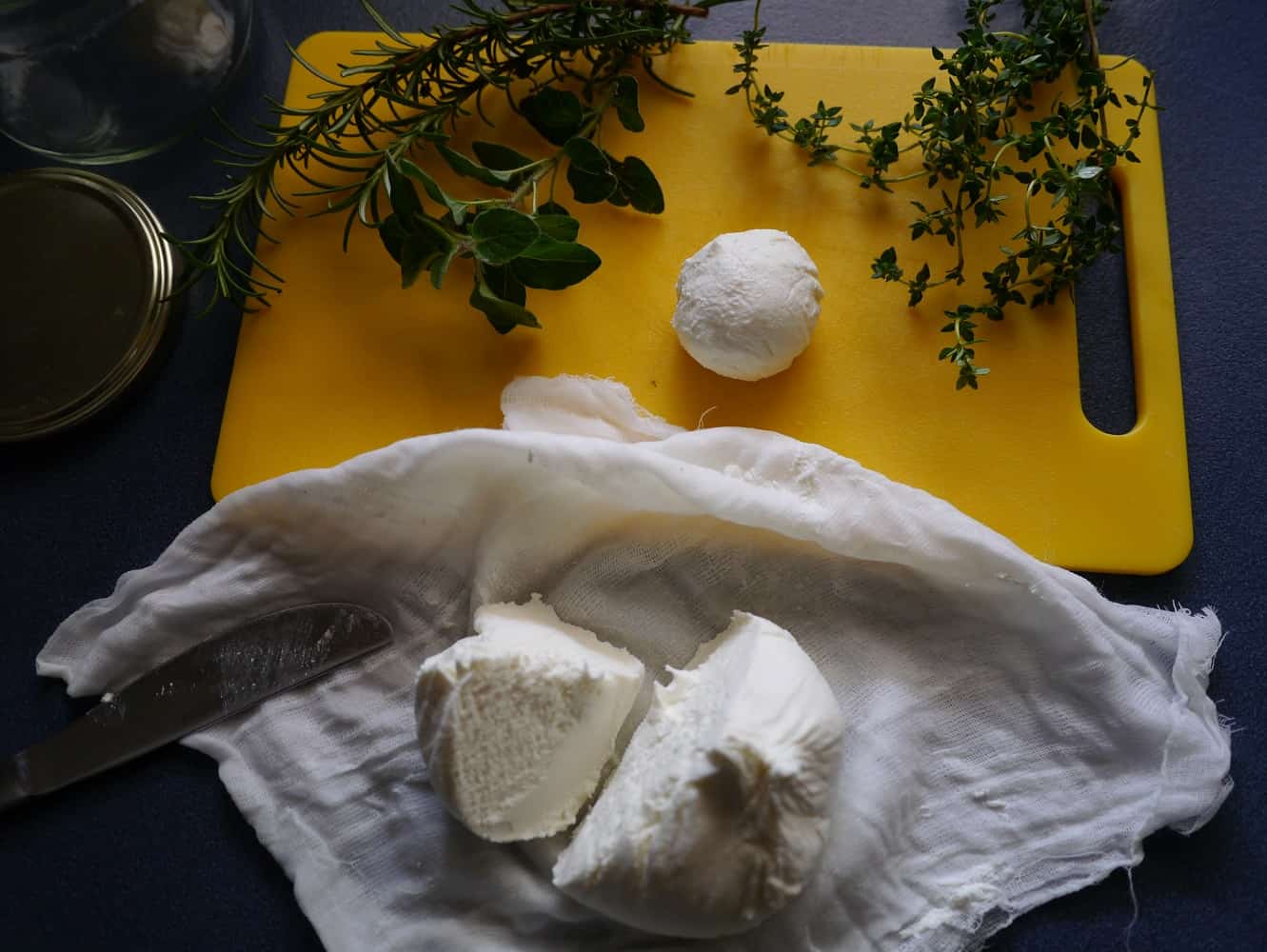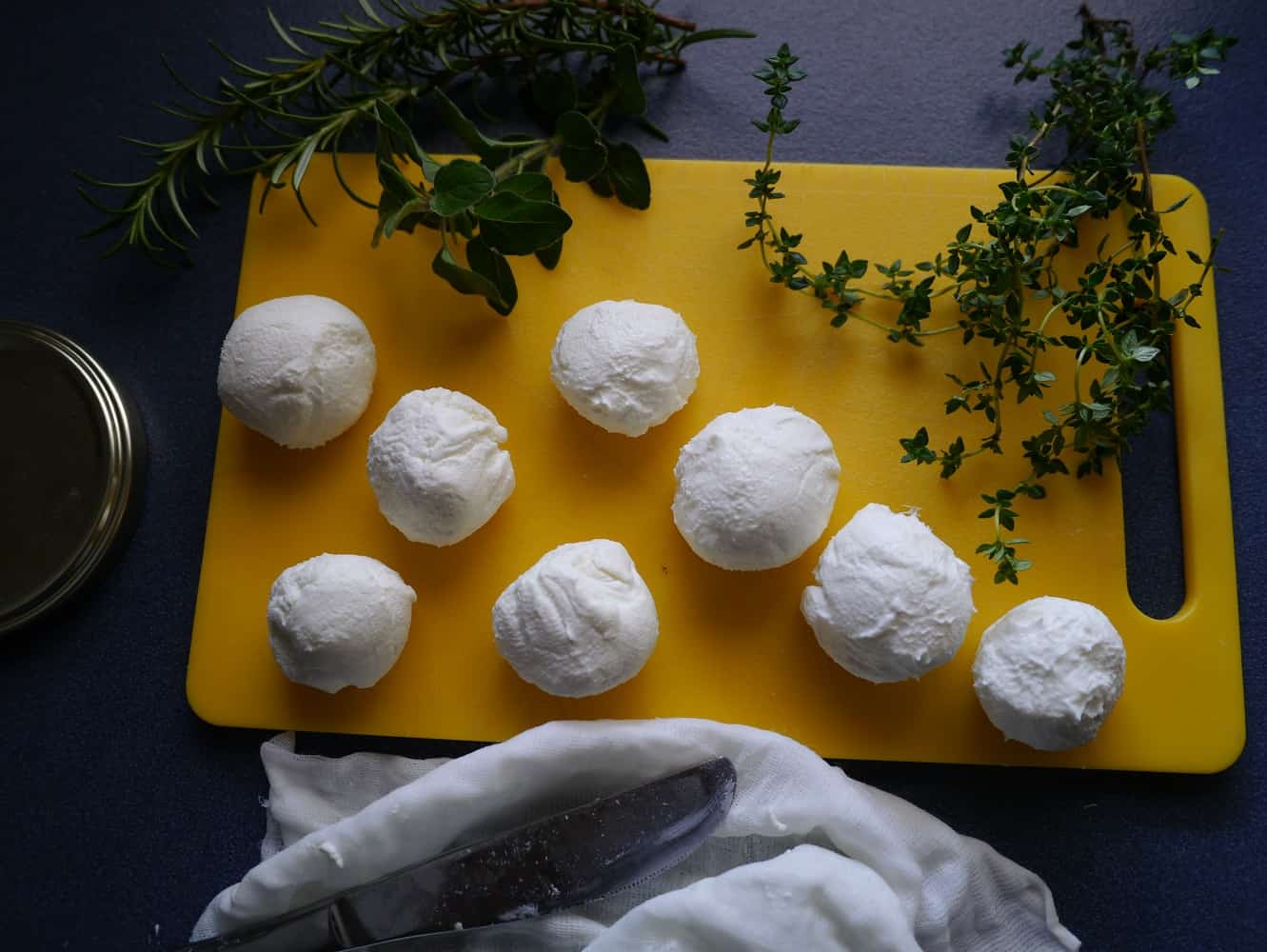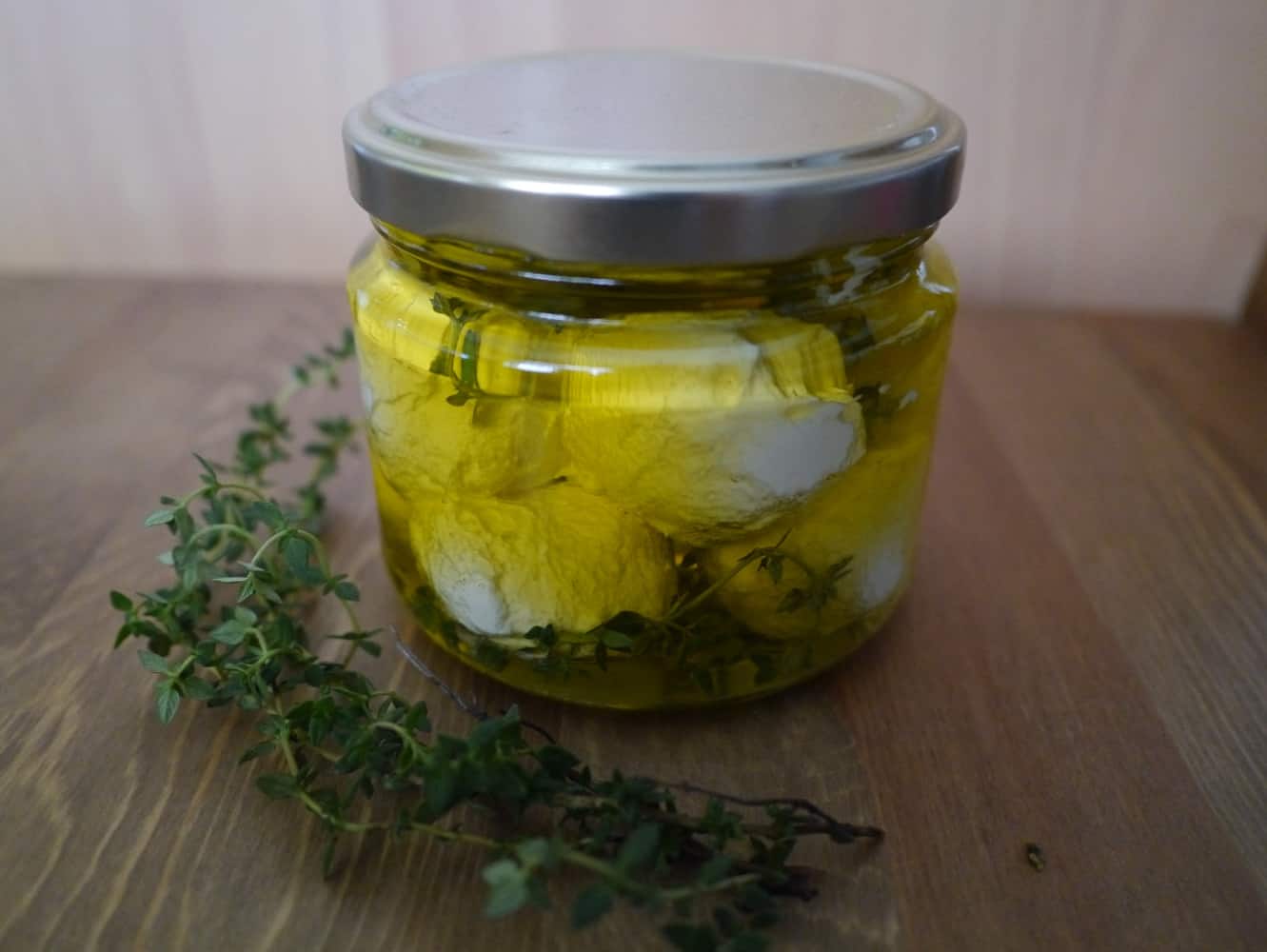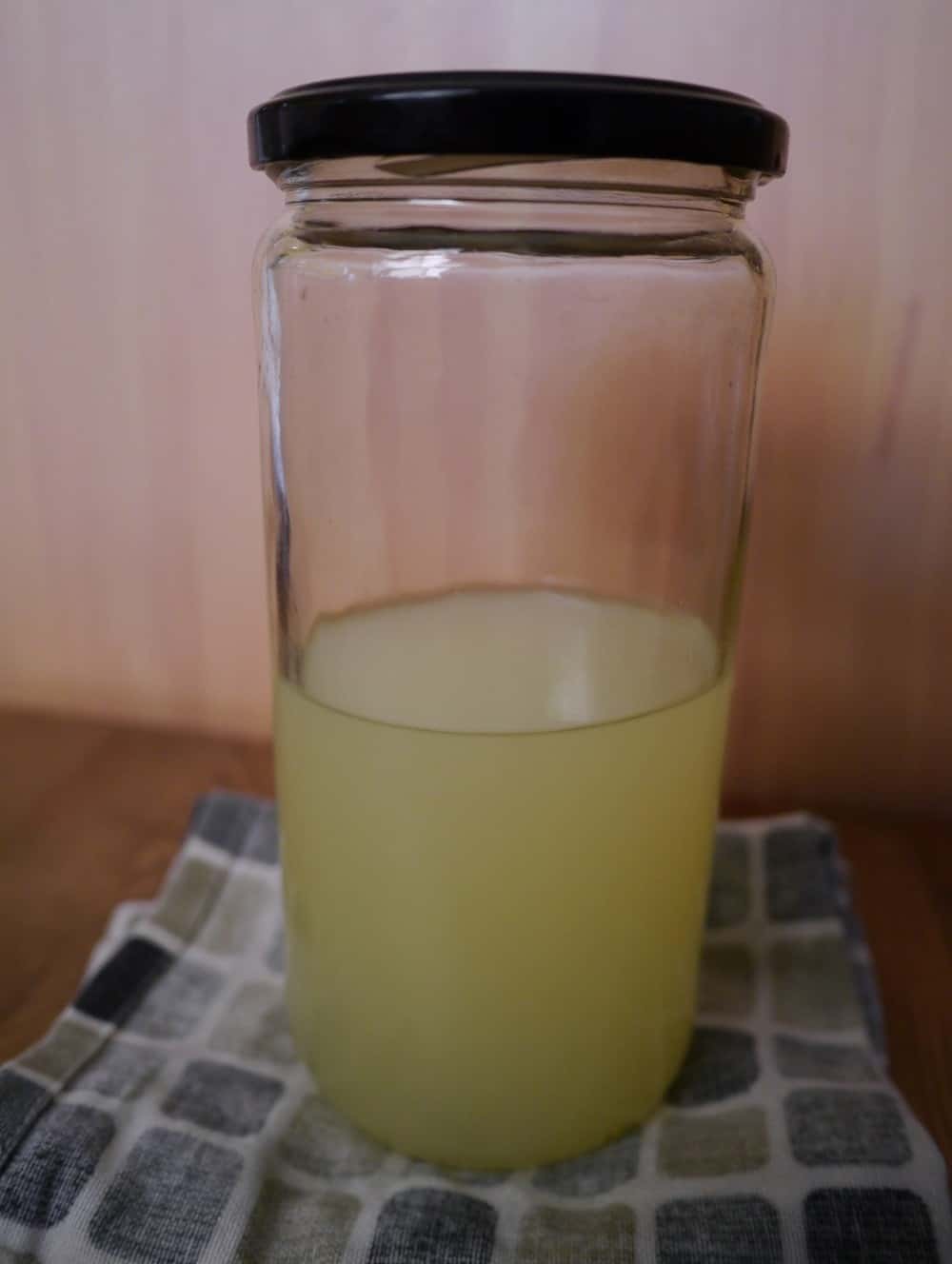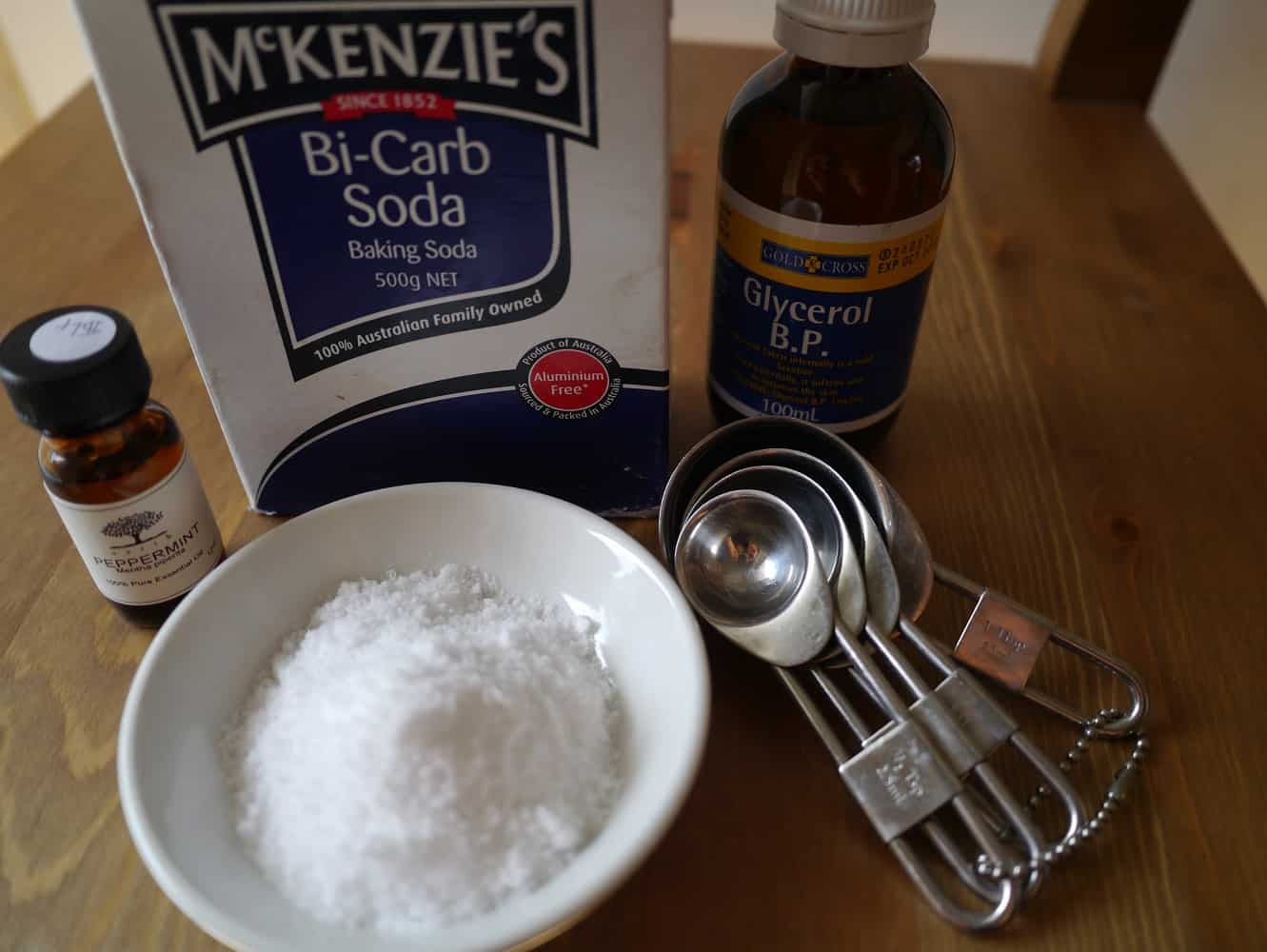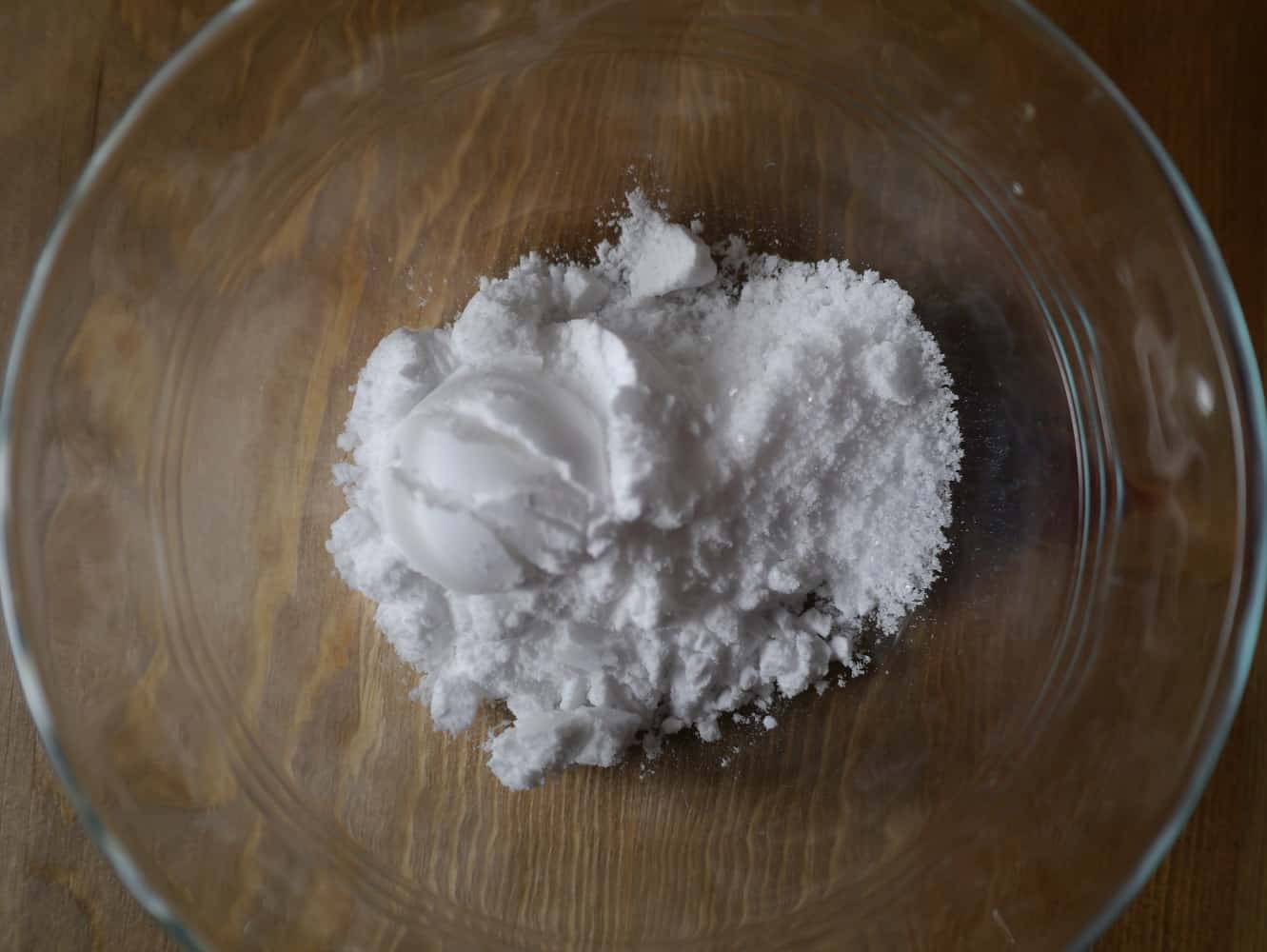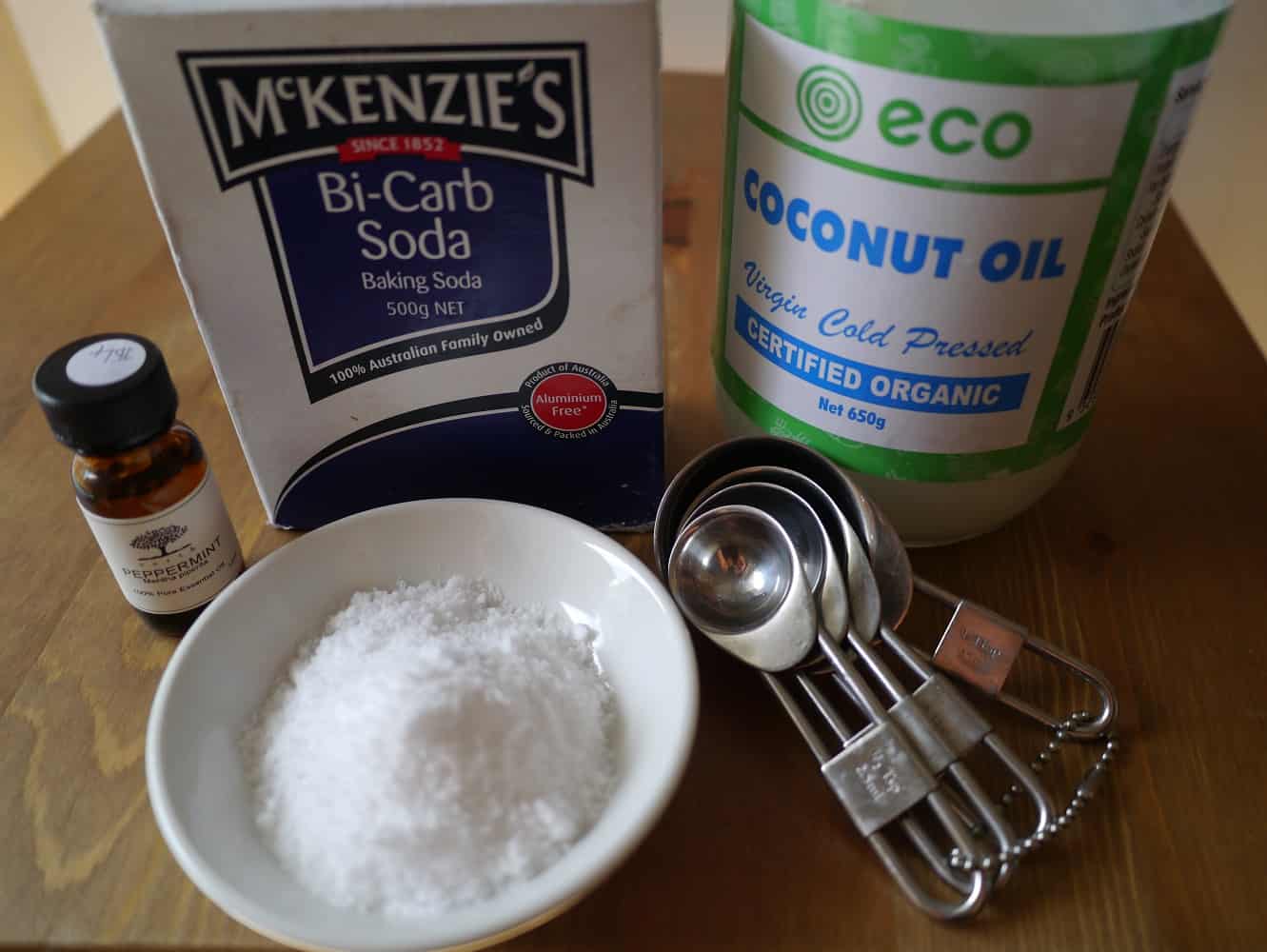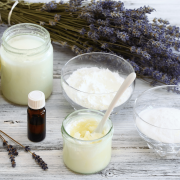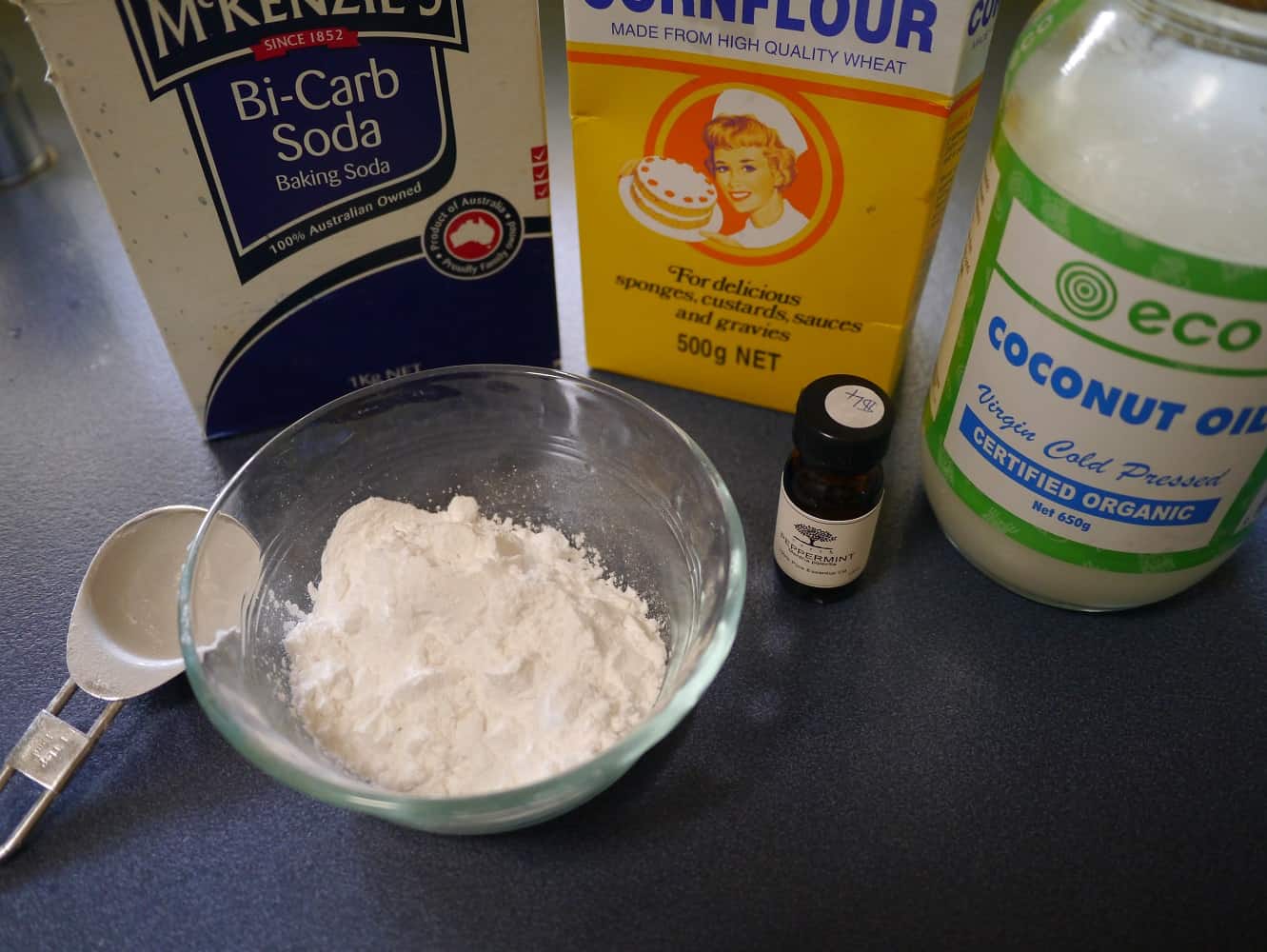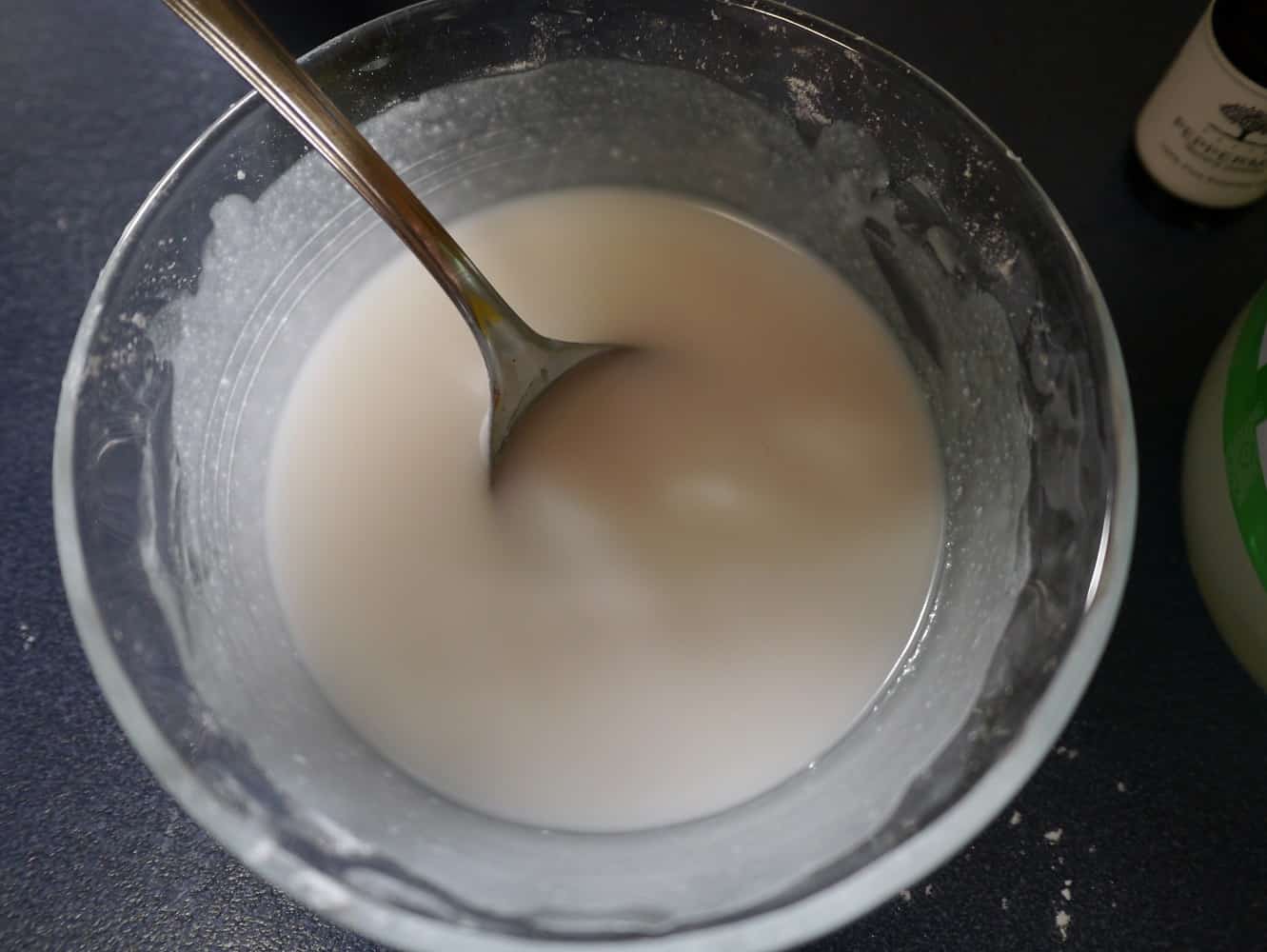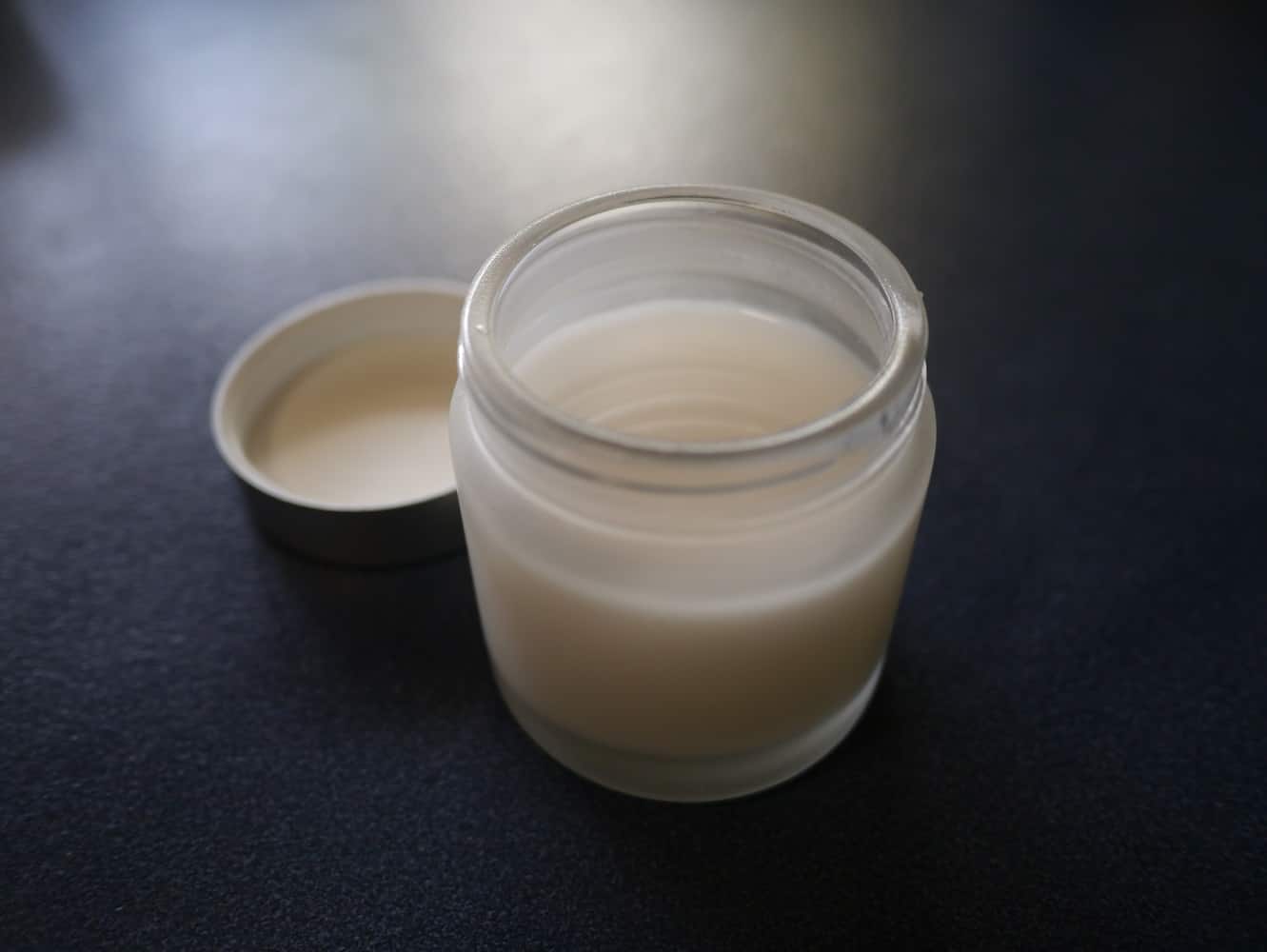I decided to take a week off from writing the blog in order to clear some space in my life (both the tiny flat that I live in, and also my schedule) and create some order. Now I would like to return triumphantly with reports of dazzling success, a new minimalist living space and feelings of serenity and calm.
Alas, that isn’t exactly what happened.
Last week I set myself the challenge of ridding myself of 100 things I no longer wanted/needed/used by the end of the month. I was committed. I was willing. I hadn’t decided what 100 things, but that was just a minor detail. To make it even easier, the weekend was a long weekend with a public holiday, so an extra day for sorting.
But despite my best efforts to sit on the sofa whilst willing the decluttering to miraculously begin, berating the general lack of action, and chastising my boyfriend every time he settled down to read a book/magazine for not helping, we didn’t manage to clear out anywhere near as much as I’d hoped.
We managed to fill a box with stuff to take to the charity shop. We also managed to get rid of two wastepaper baskets of recycling. I wish I could say it was a commendable effort, and a good first attempt, but in three days, I think I should have managed a bit more. I think I should have managed a LOT more. I like the idea of the stuff being gone, but actually doing the tasks that make it happen is another thing altogether.

This one box was the result of three days of sorting. I think it demonstrates quite well how most of the ‘sorting’ actually consisted of (me) moaning about the sorting, and (me) talking about how great it would be once the sorting was actually done, rather than actual genuine sorting. We (actually, no, my boyfriend did that) did put an additional couple of things on eBay and Gumtree, but actually, they’d fit inside this box too, so no extra points for those.
And that’s the thing. It’s me that’s stopping the process. I just can’t get rid of anything! Every time my boyfriend threw something in the bin I scurried over and fished it back out. He tested a drawer full of pens and threw the ones in the bin that didn’t work, but even then I was tempted to get them back out and test them myself just in case one of them could be saved. Why?! We have a million other biros that work and we don’t need those either.
And then on Monday evening when we went to bed, I said that I wished we’d got it all finished, and he looked at me in amazement, and said “but it’s not a job that’ll be finished and then you’re done. It’s a job that you’ll always need to keep coming back to.”
What?!?!?!? How can that be true?! Surely I can spend three days sorting out my things and then I will rejoice in my clutter-free space and will never need to declutter again? What if I declare never to buy or acquire anything ever again? What does he mean, I’m going to have to go through this all over again in a few months time?!
Of course, he’s right. Maybe some people could do it, but I am never going to be a true minimalist. I’m probably never going to be close! I hate waste too much. I have three pairs of shoes in my closet that I haven’t worn for over a year – in fact two of them I haven’t worn in two or three years. But I can’t bring myself to get rid of them.
I think when people accumulate stuff, and the stuff starts to get in the way of their lives, they have two choices. They either get a bigger house, or more storage, in order to assimilate their possessions and not have to really think about them. Or they decide to have a clear-out, in which case they have to face up to the money they’ve wasted, the dreams that never quite came true (even though you bought the book on paper maché crafts or the home candle-making kit or whatever new hobby, you just never quite got round to it), and the emotions which come with that (be it guilt, anger, resentment, or simply frustration at having too much stuff). Maybe some people really don’t care, they happily just chuck it all in the bin and head back to the shops to get a load more shiny new stuff, but for me, I find this second option really confronting.
What it means, though, is that on the public holiday weekend, whilst friends of mine are spending a few days relaxing in the beautiful Margaret River region down south and having a glorious time, I am at home fishing things out of the dustbin. That is the consequence of my having too much stuff. And it’s rubbish – literally.
So I’ve decided I need to rethink my challenge in order to actually make some progress. I think it’s going to be easier for me if I break my goal of 100 things down into bite-size chunks. I’m going to commit to getting rid of 5 things every day for the next 20 days. That will take me to the 24th June. Hopefully if I’m on a bit of a roll, I’ll be able to keep going until the end of the month.
I think spending a few minutes every day is a much better option than dedicating three days to achieving greatness, and then feeling miserable about my lack of achievement. And as that didn’t work anyway, I’m not going to spend another weekend floundering.
So, small steps. I’m off to find my five things to get rid of today. Wish me luck!
[leadpages_leadbox leadbox_id=1429a0746639c5] [/leadpages_leadbox]
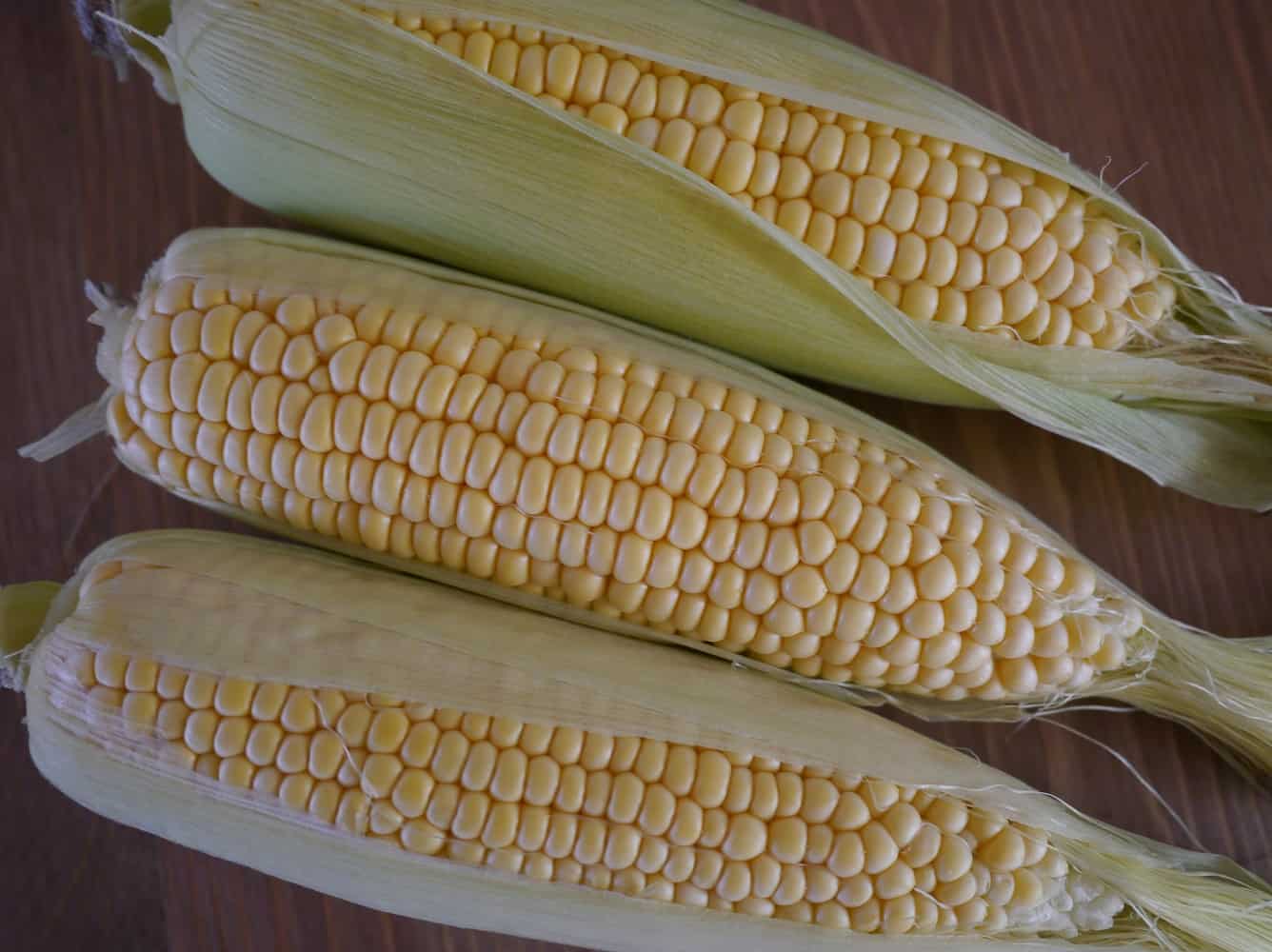 Remove the green husks and as much of the silky stuff as you can.
Remove the green husks and as much of the silky stuff as you can.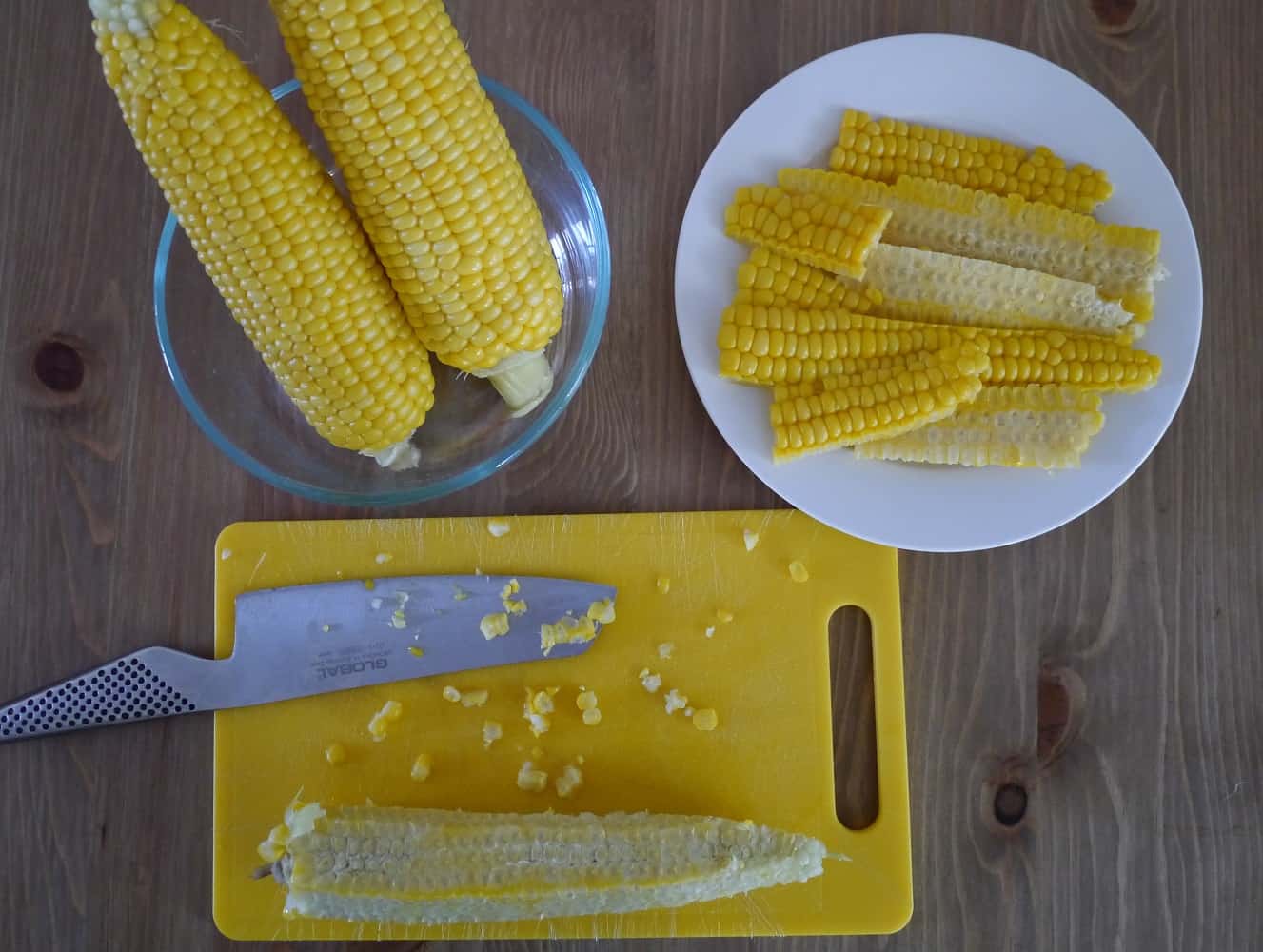
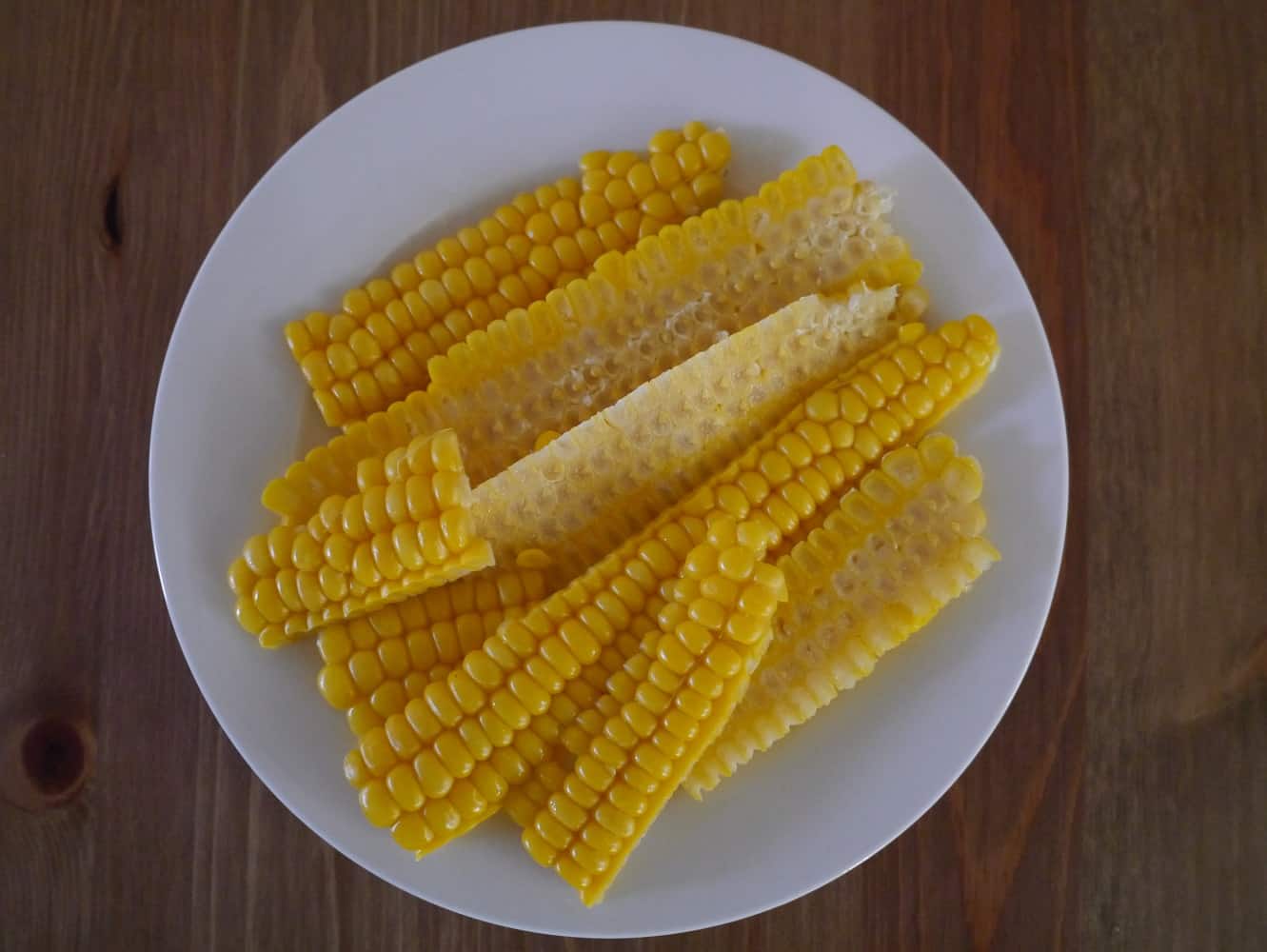 Break up any clumps with your fingers. Place in a suitable container. Try to pack the containers as tightly as possible to minimise freezer burn.
Break up any clumps with your fingers. Place in a suitable container. Try to pack the containers as tightly as possible to minimise freezer burn.
